I have recently become addicted with exploring old military bunkers. As the weekend approached, I began thinking and researching new sites that we had not yet been. After hours of scouring the web and scanning the Island of Oahu on Google Earth, I remembered a bunker that I had driven by dozens of times. It was simply hiding in plain sight.
As a matter of fact the site was not comprised of a single lonely bunker, but of a complex of military fortifications, known as Fort Barrette.
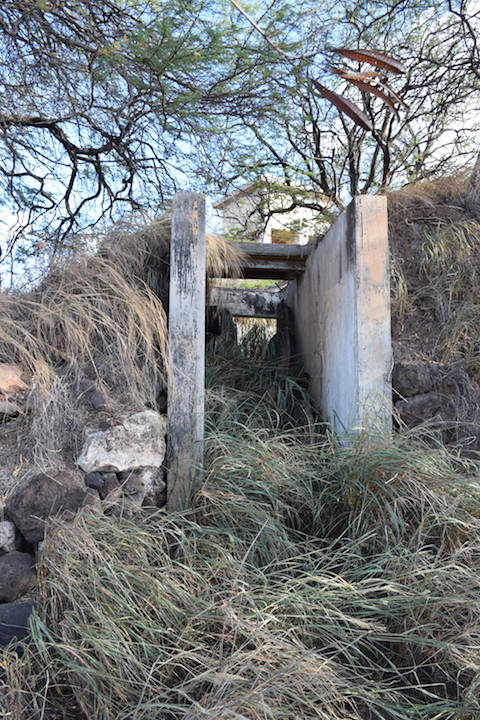
This underground passageway does not seem to have withstood the passage of time.
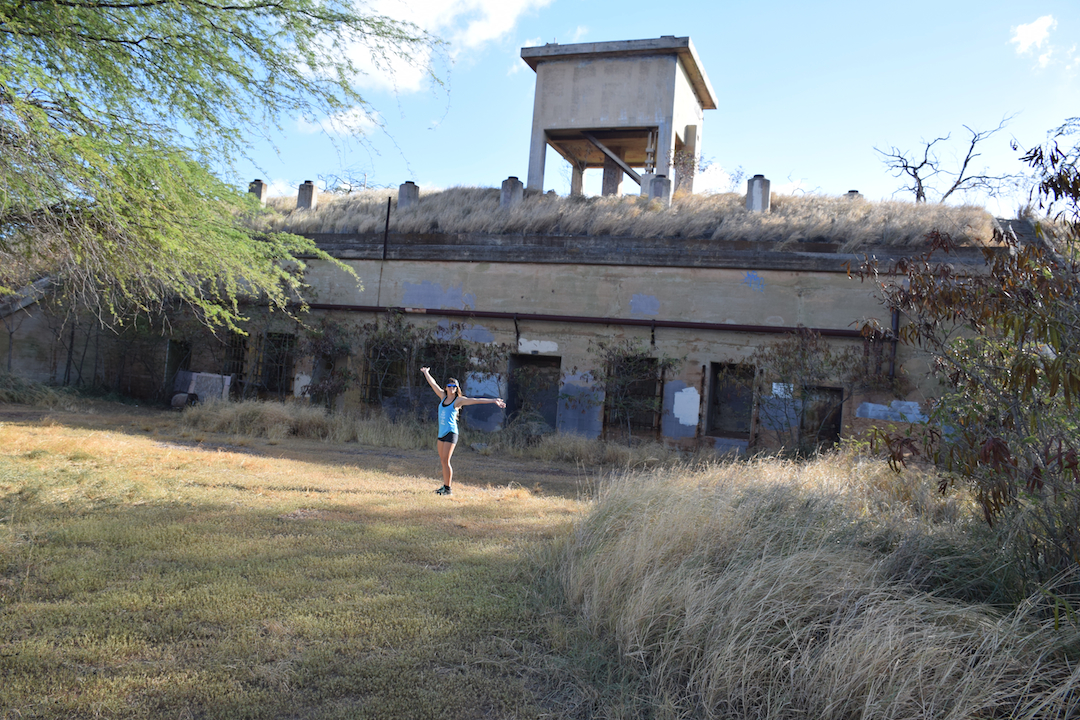
After a brief walk we came upon an odd semi-interred structure, which once served as the commander’s station. The brains of the operation was protected within these buried walls.
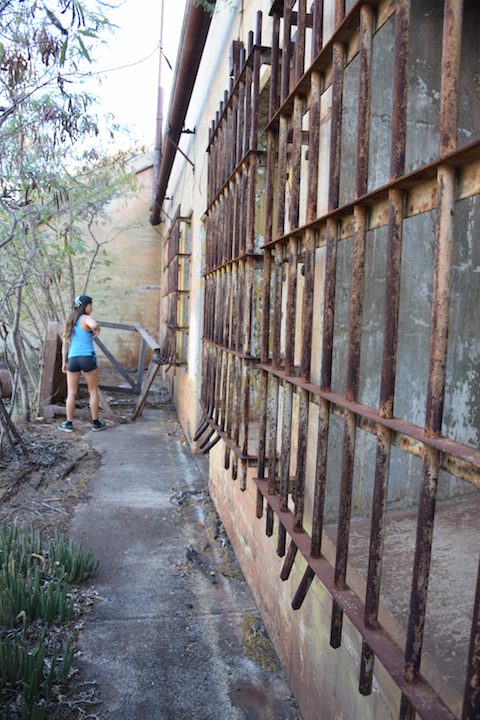
The windows were all bared with thick steel shutters blocking any possible entry. The doors were also welded shut. What is more impressive though, is that someone manage to bend the steel bars to try and get through. How in the world do you bend such thick bars?
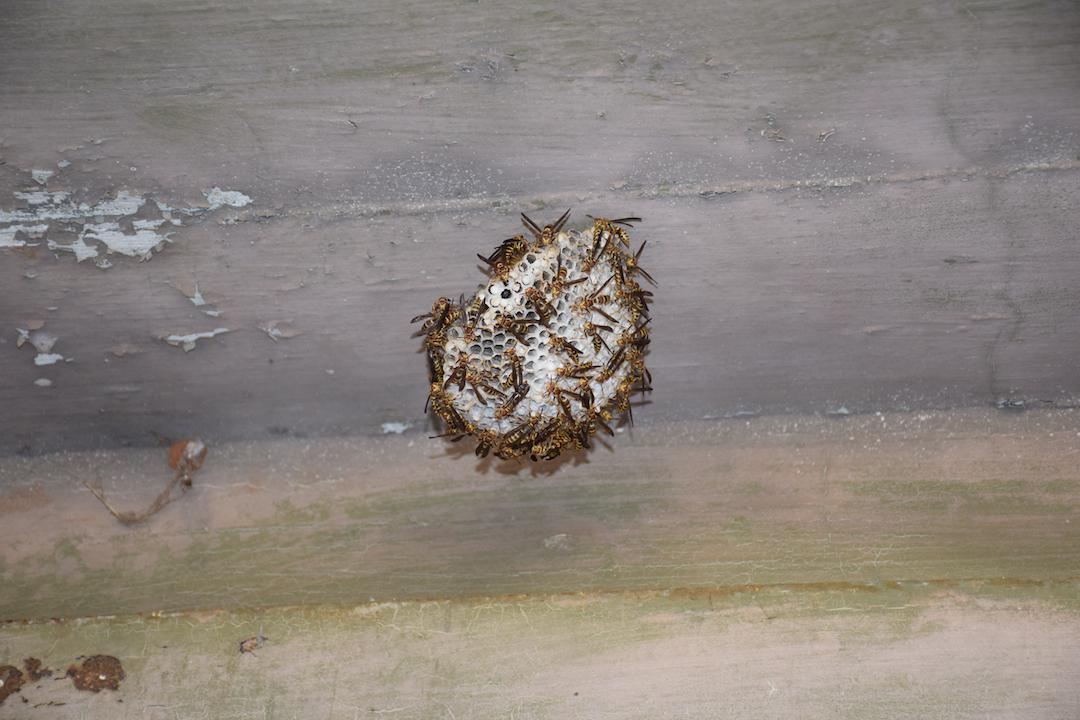
However, even if the windows and doors were not locked, every single window and door frame was guarded by 2-3 wasps’ nests. We did not want to press our luck, so we moved on.
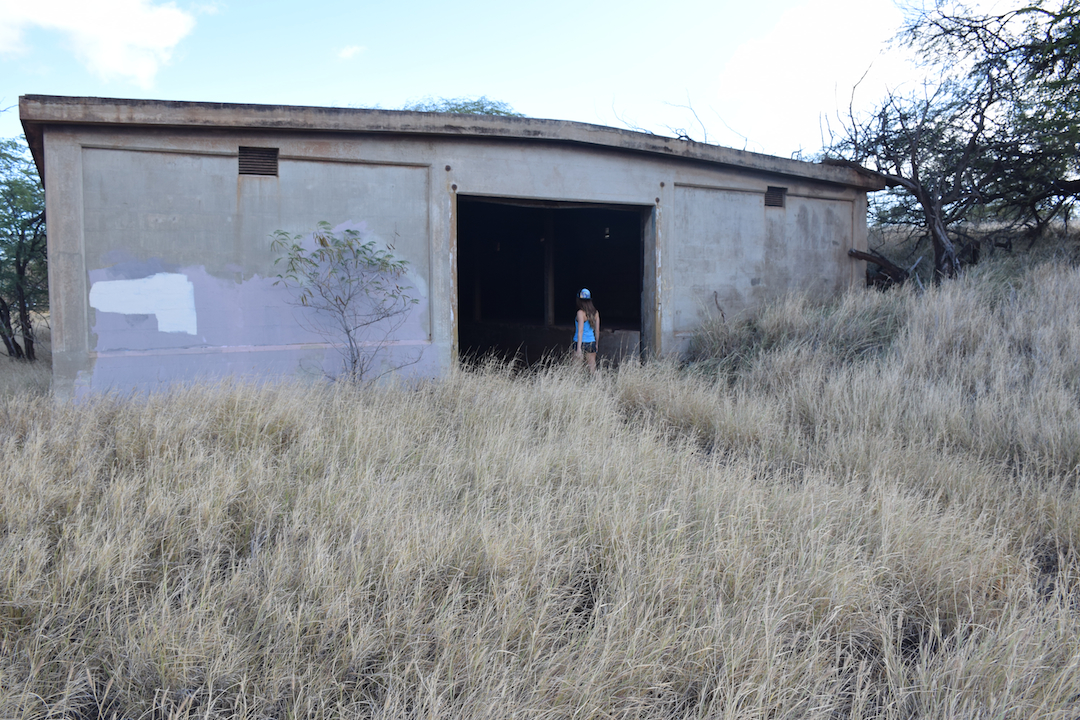
Just East of the commander’s station was a smaller, more discrete building.
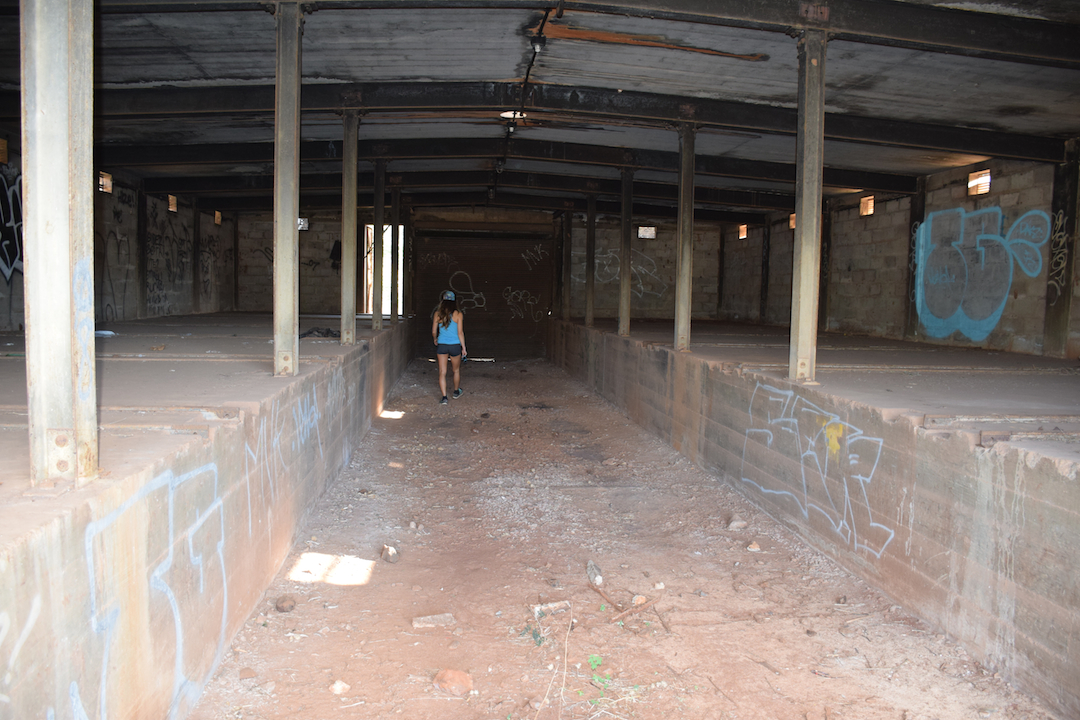
As rudimentary as it may sound, I’m guessing this served as some sort of storage.
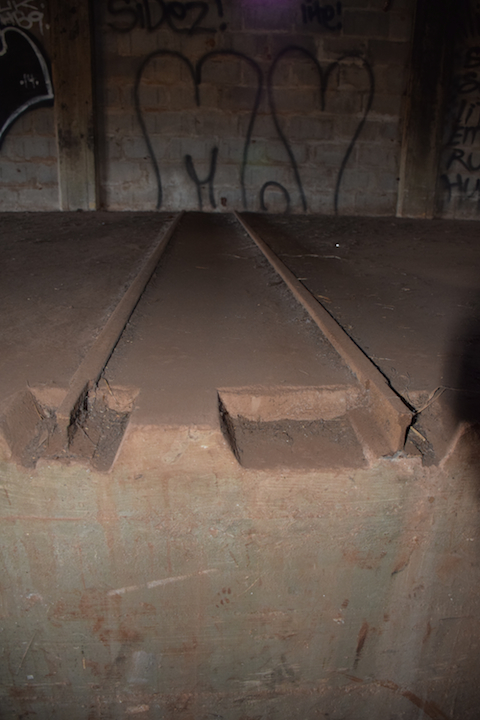
What was perhaps more intriguing was the presence of small rails running from the walls to the center corridor.
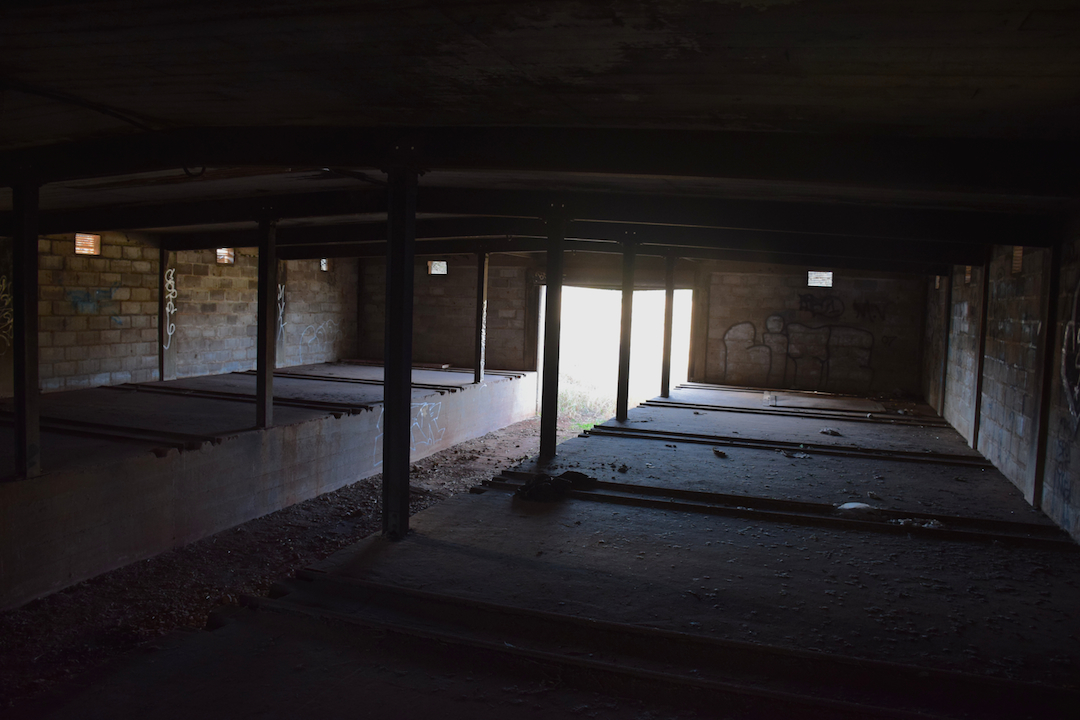
I’m guessing whatever was stored in here was quite heavy and the use of rails made it easier to load the cargo onto the vehicle which drove through one side of the structure and back out the other. I would like to think that the heavy artillery shells were stored in here, then loaded onto a truck and driven to the gun’s emplacement. However, it is unlikely that explosives would be stored in such a vulnerable building.
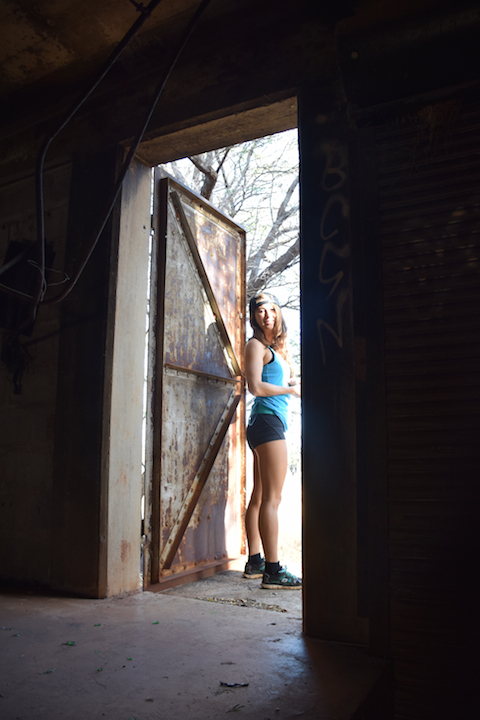
We continued to find out where the trail leaving this building led to.
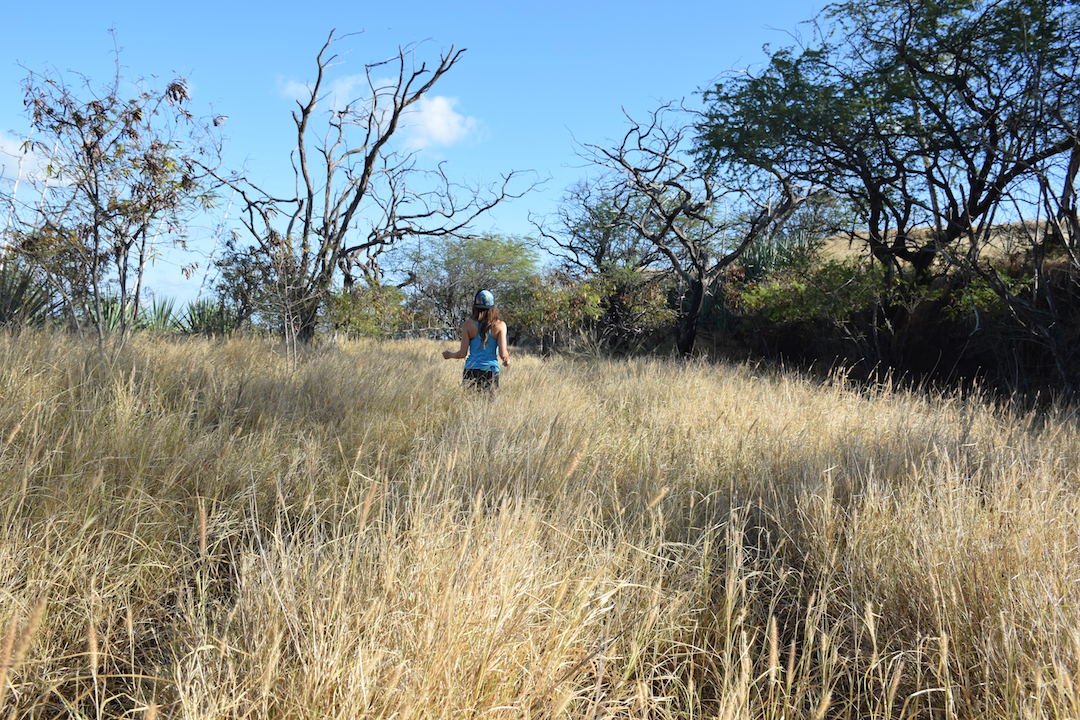
I guess “trail” was an overstatement. Most of the area was pretty overgrown.
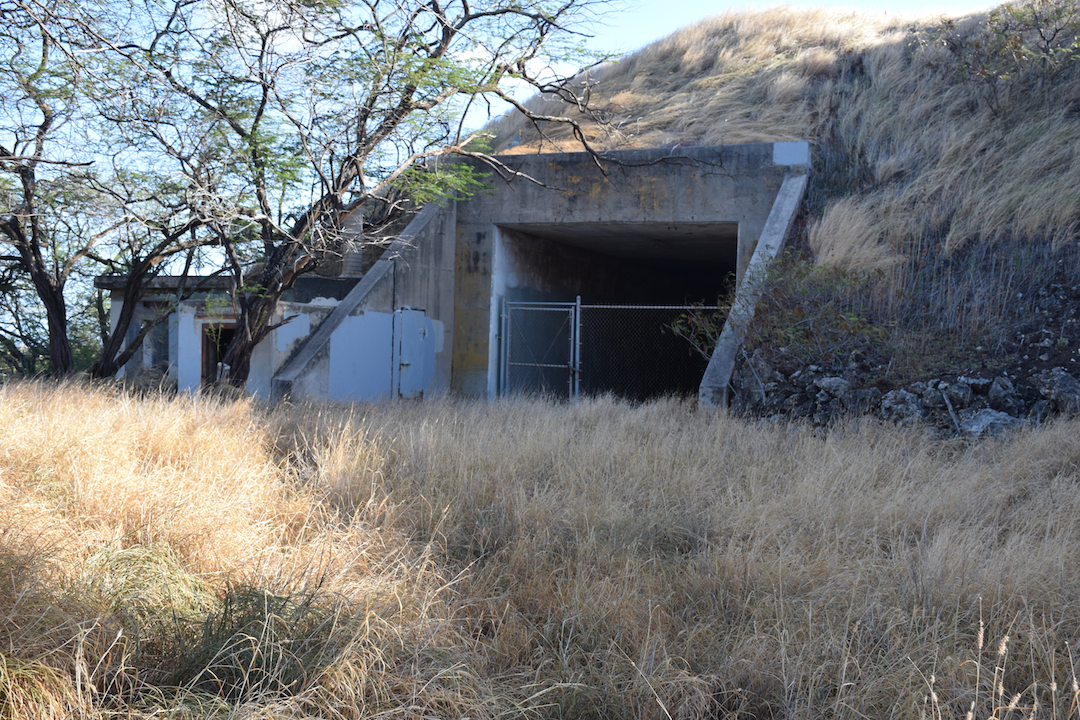
We eventually arrived to a bunker, with a rather large entrance. Vehicles could have definitely delivered cargo from the previous building to here.
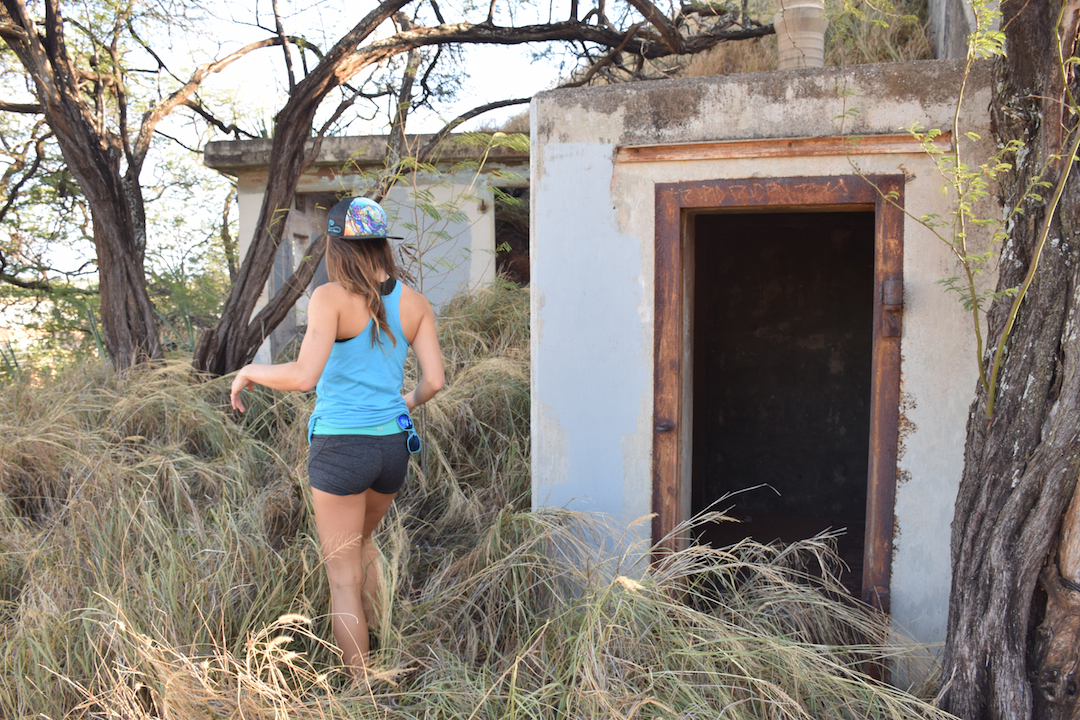
The structures to the left were small mysterious dead-end rooms. No clue what they were used for.
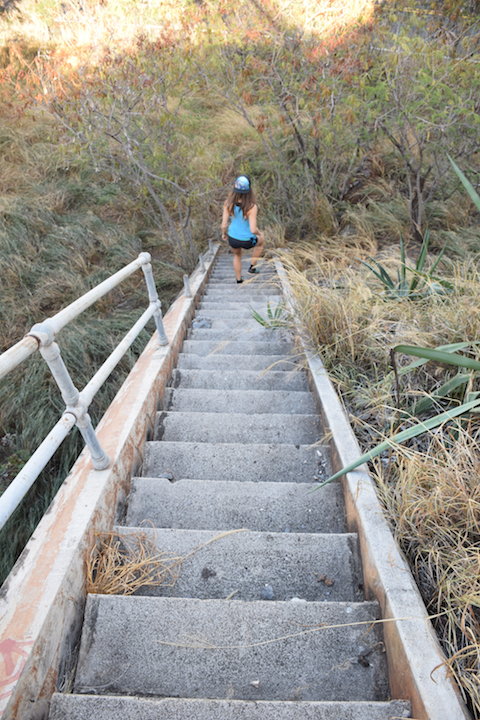
Hmmm… Where do these stairs go?
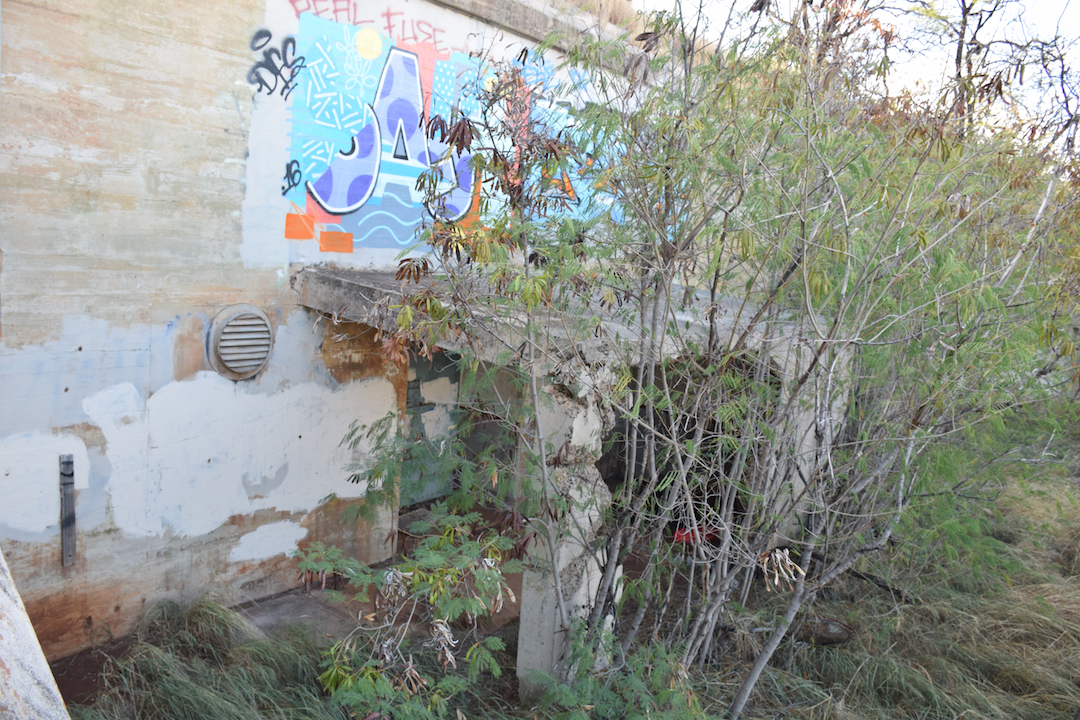
Wow this entire structure had been hiding beneath our feet all along. But what was it?
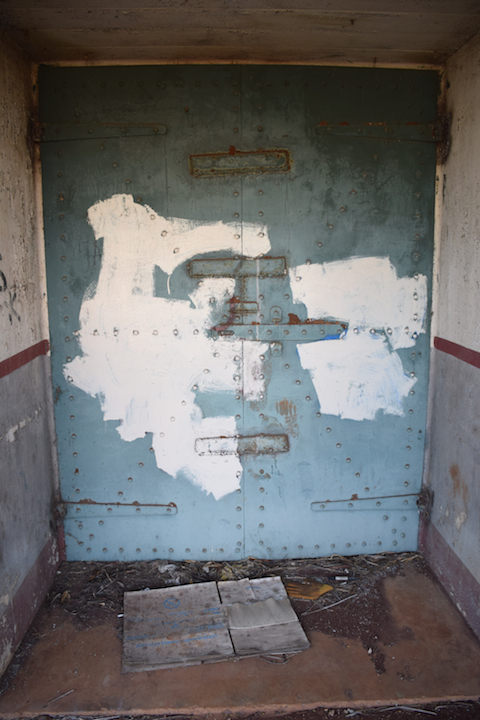
Well nobody is getting through here.
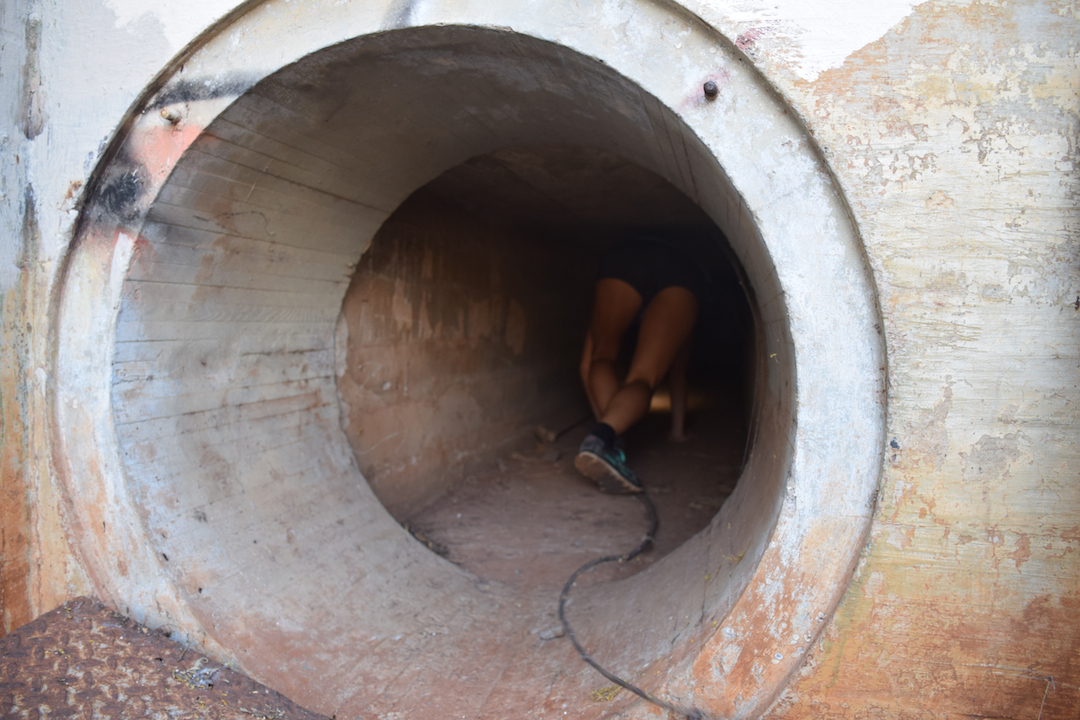
Not too sure where this shaft full of spiderwebs goes, but I guess we will crawl through it and find.
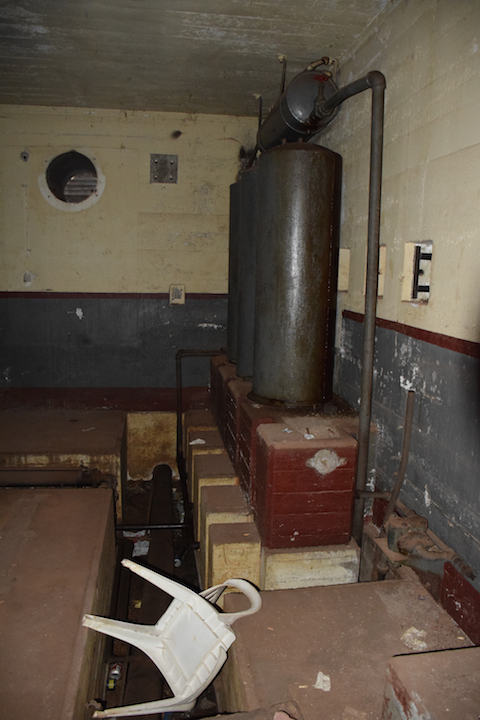
Wow an authentic 1930s era plastic chair! How neat… Not too sure what those tanks were filled with, but their was a distinct odor of grease (like when you go to a mechanic’s shop).
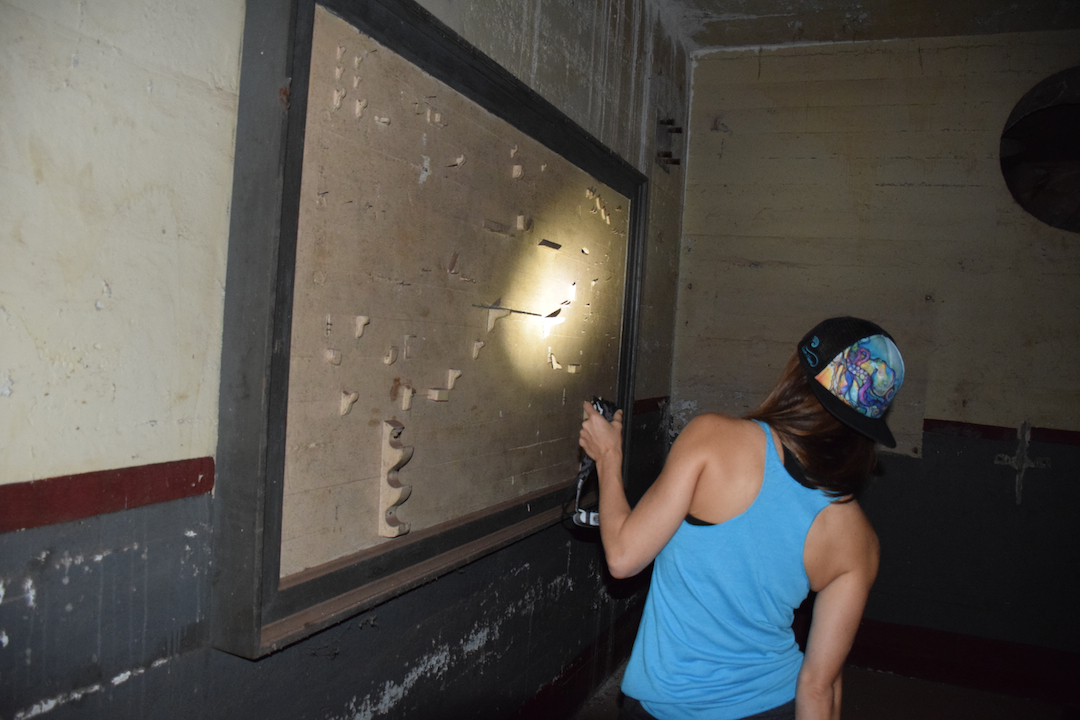
Looks like some sort of tool rack. Perhaps this was some sort of repair shop.
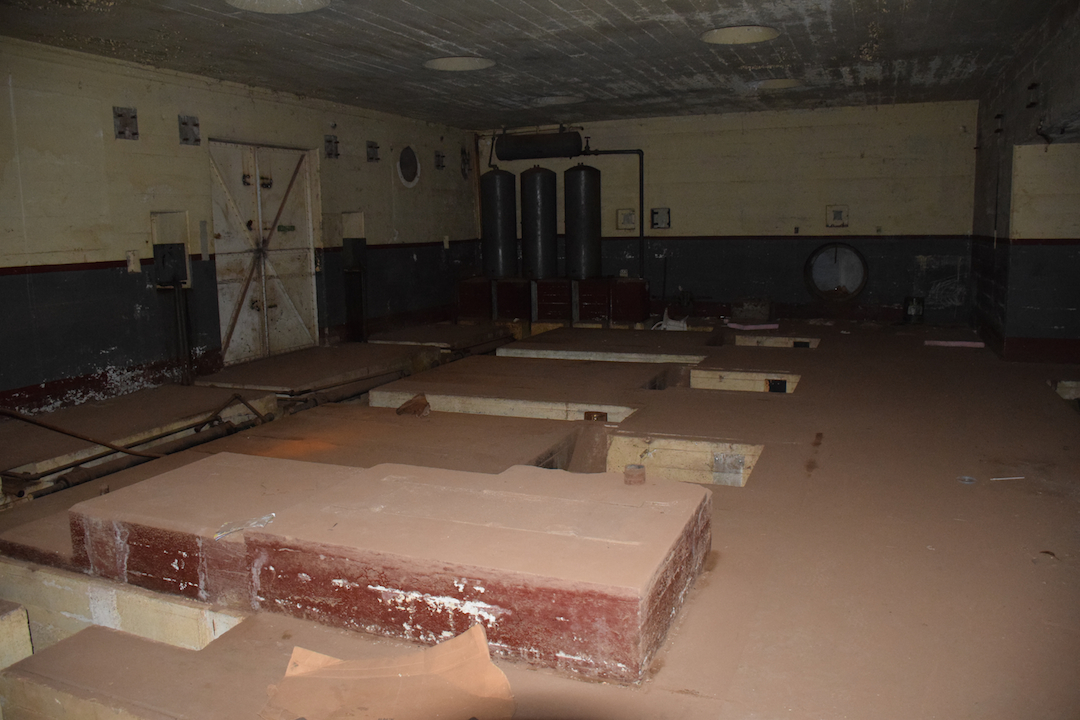
The flash illuminates the room pretty nicely, but it was actually pitch black down there. Those strange trenches in the floor made it pretty sketchy to walk around in the dark.
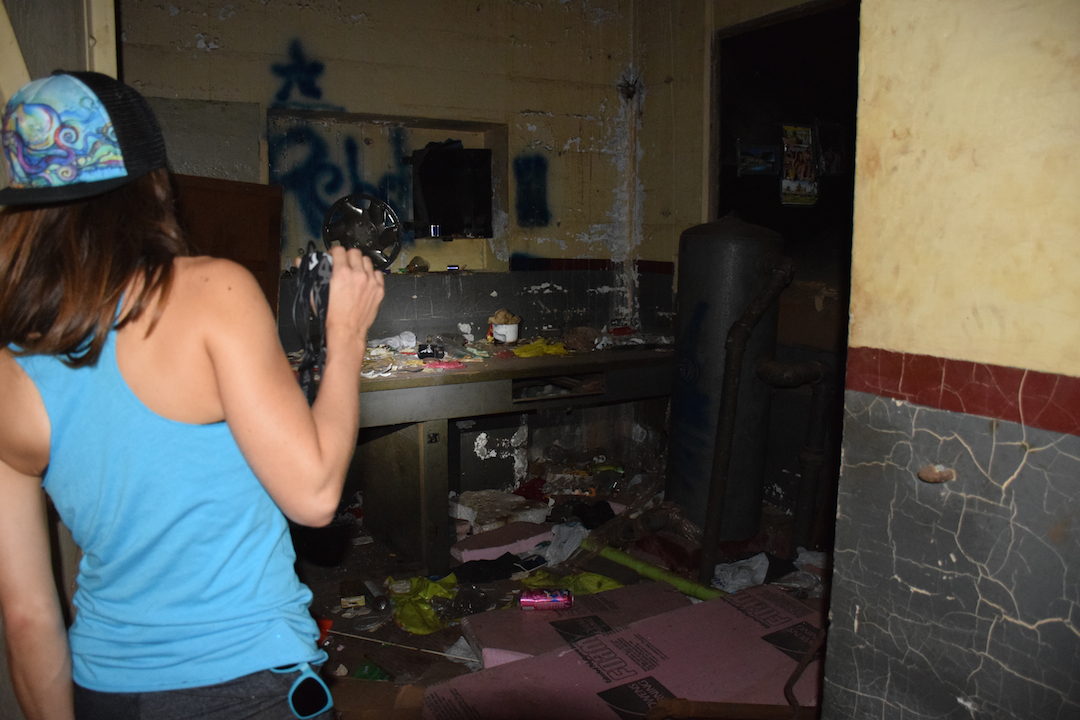
Looks like someone was living in here.
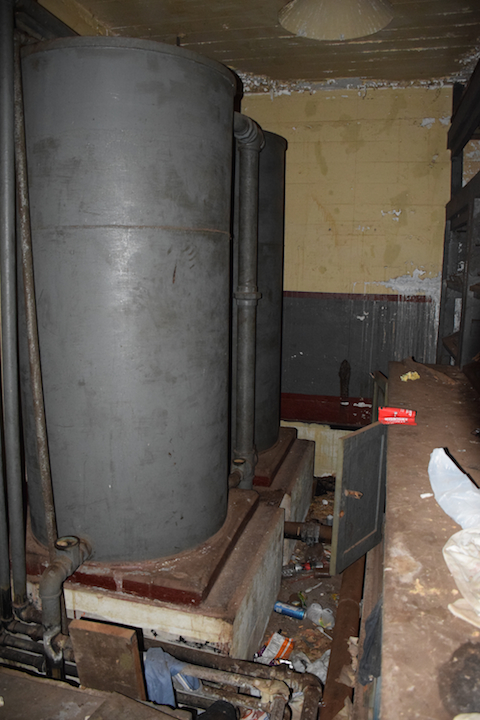
More tanks? Does anybody know what this place could have been?
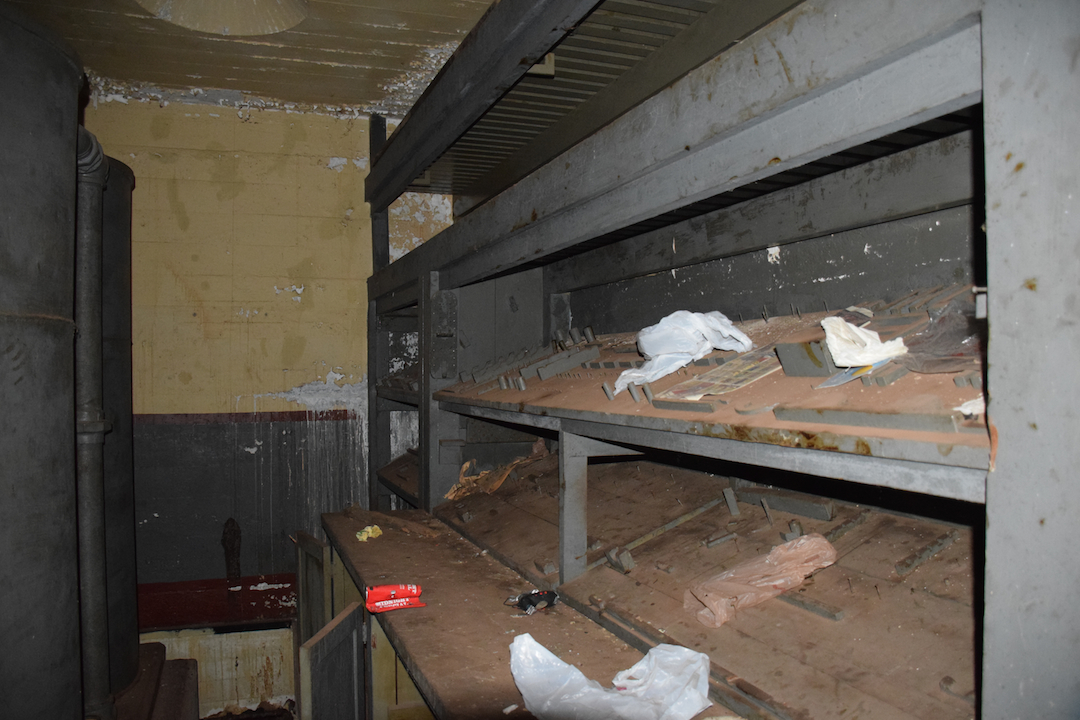
Looked like another tool rack.
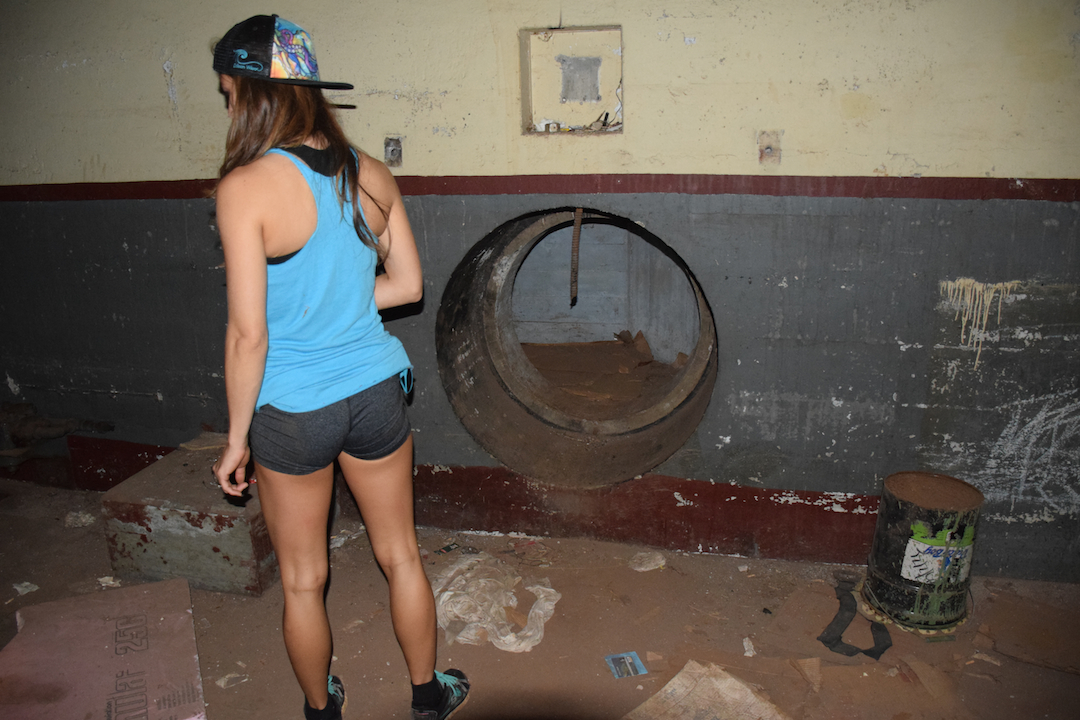
Well this room turned out being another dead-end. But still pretty cool. Back out the tunnel we crawled.
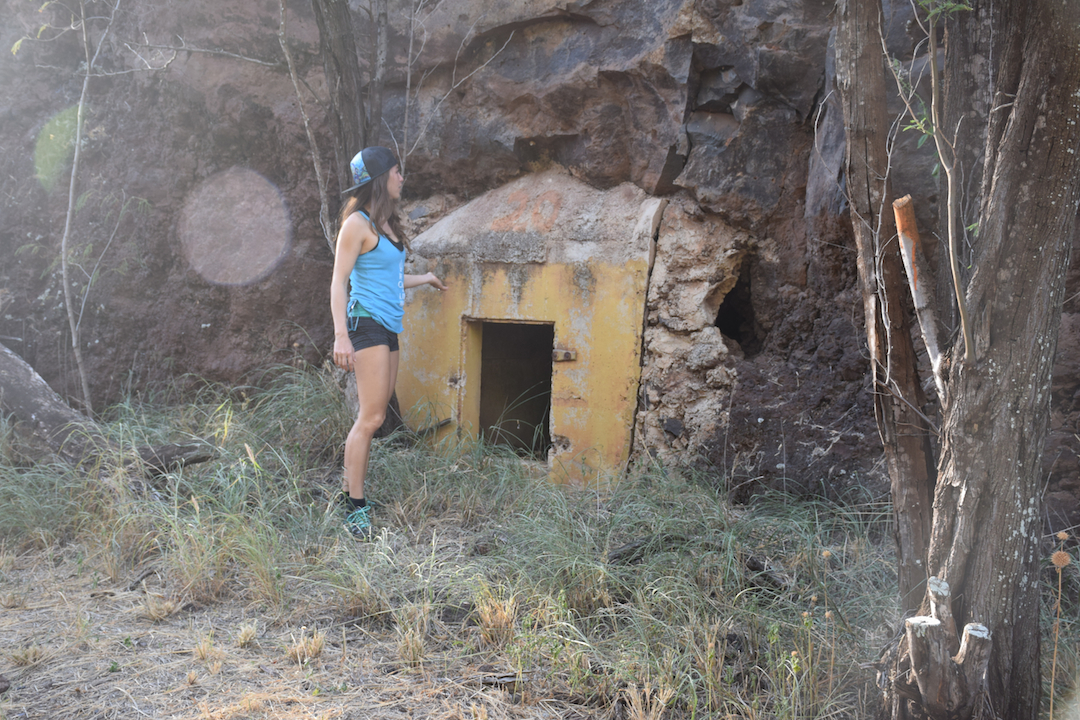
What is this!?! A bunker for ANTS!!!
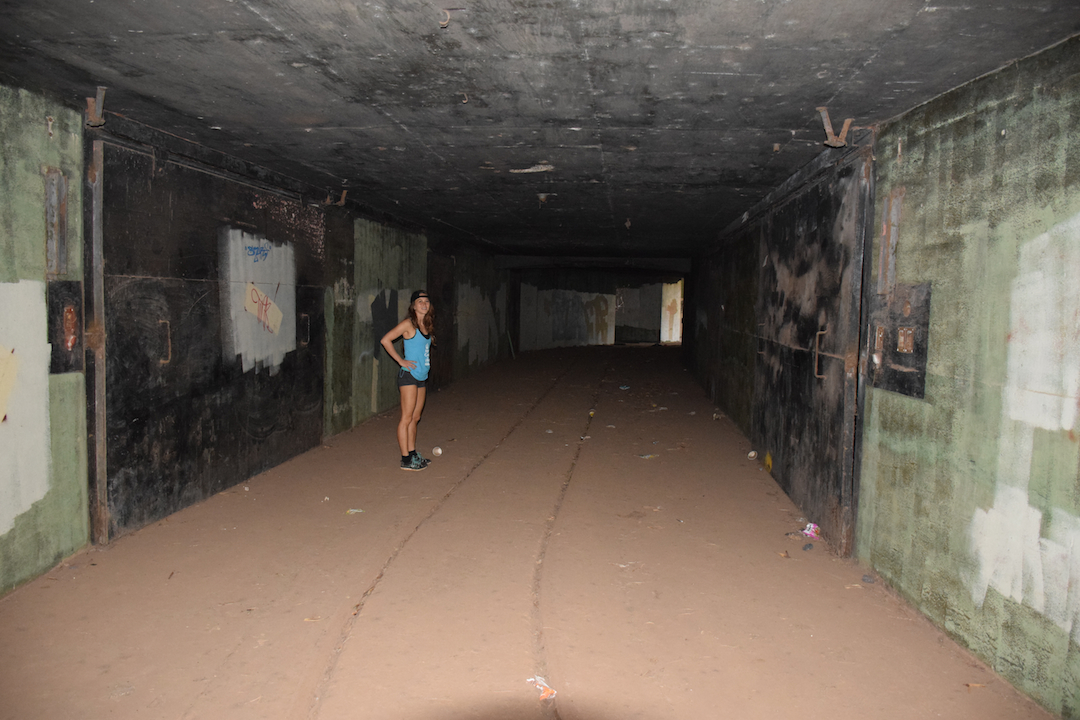
Going around the retired military base we came across another large tunnel. Although all the tunnels we saw were fenced, this one had a large human sized hole cut into it making it more easily accessible.
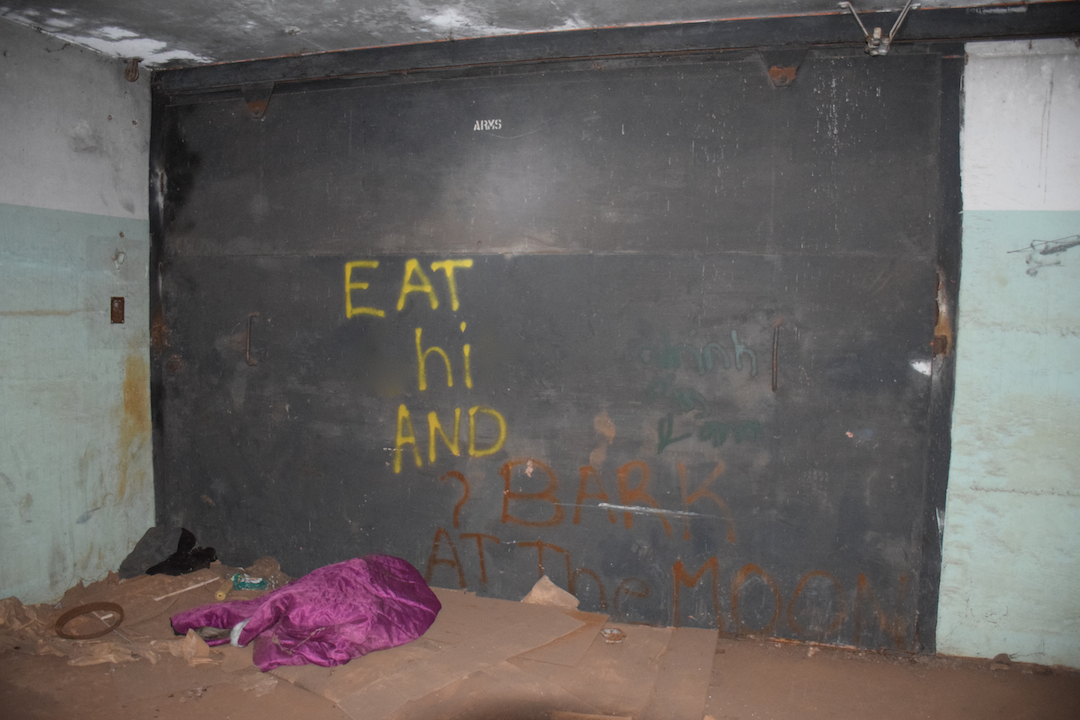
Took some artistic liberties and edited out a couple letters…
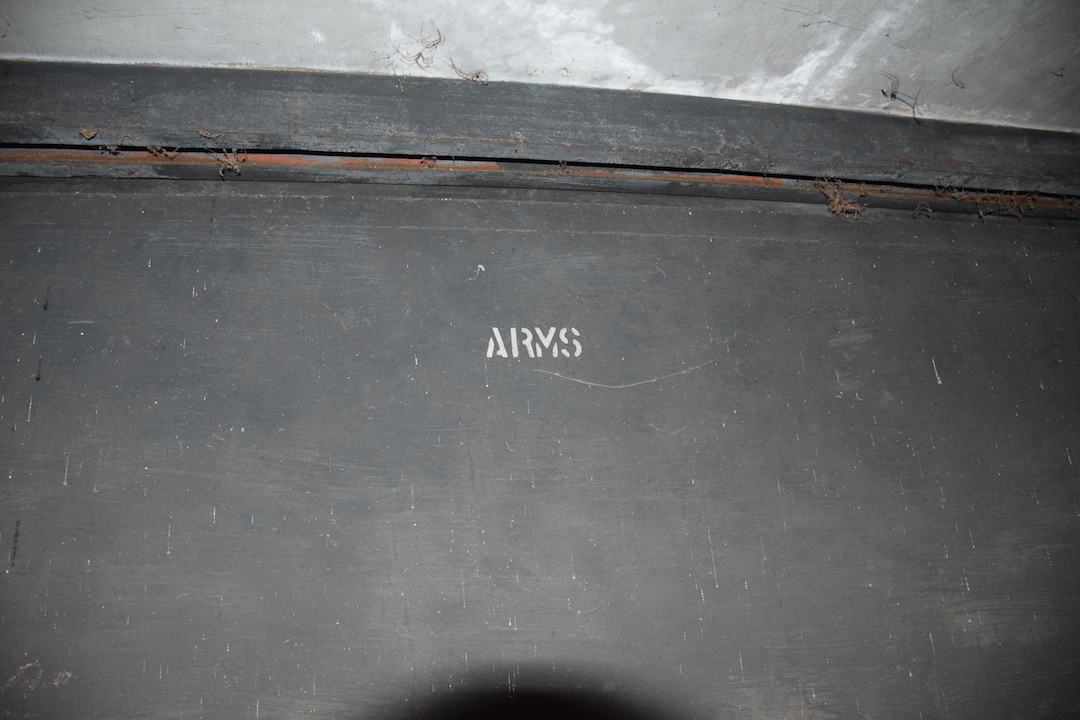
What sort of twisted place keeps body parts locked behind closed doors?!?!
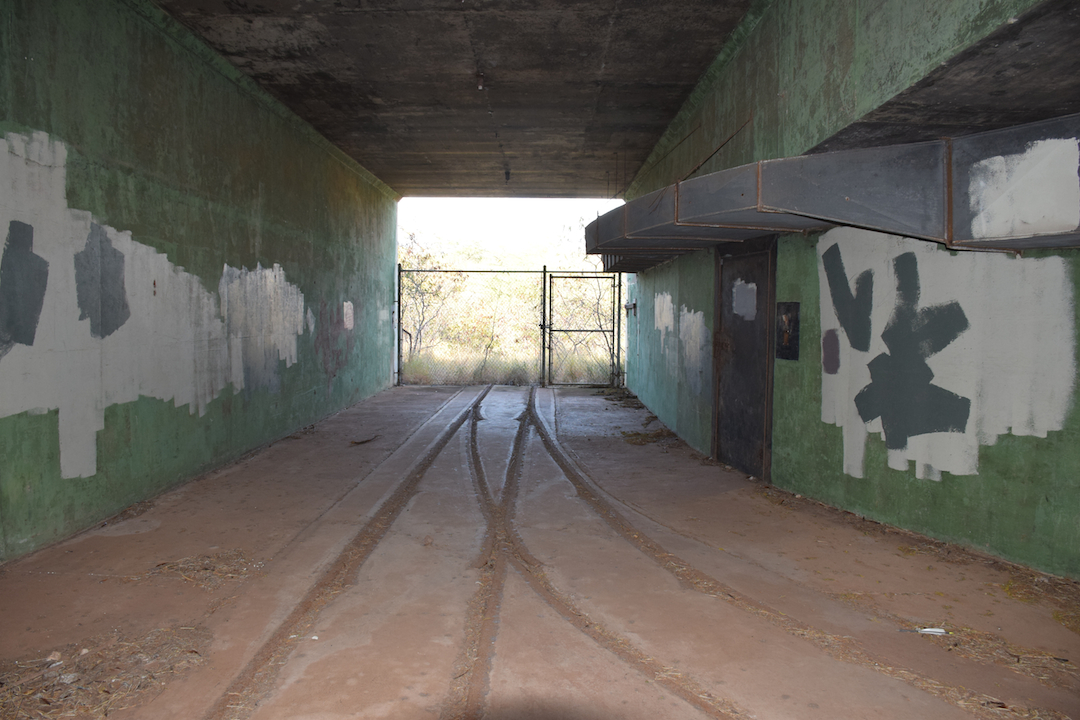
Noticed the old track on the ground. I’m not too sure if it was to deliver things to and from the gun, or if it was used to tow in the entire gun if ever it needed to be protected.
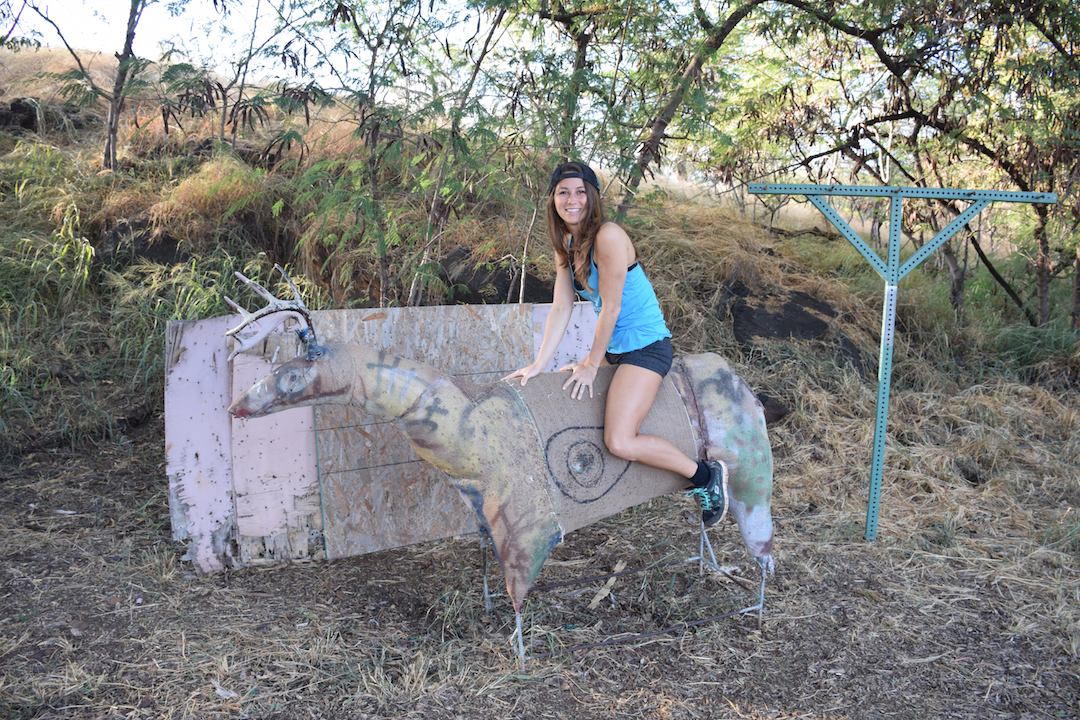
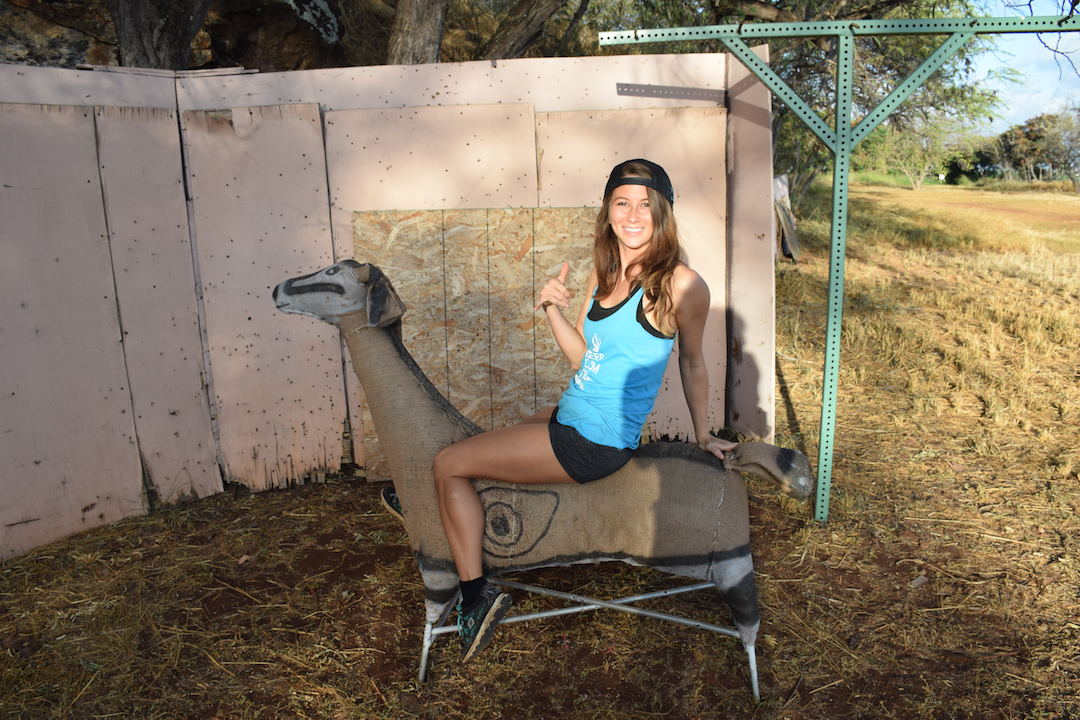
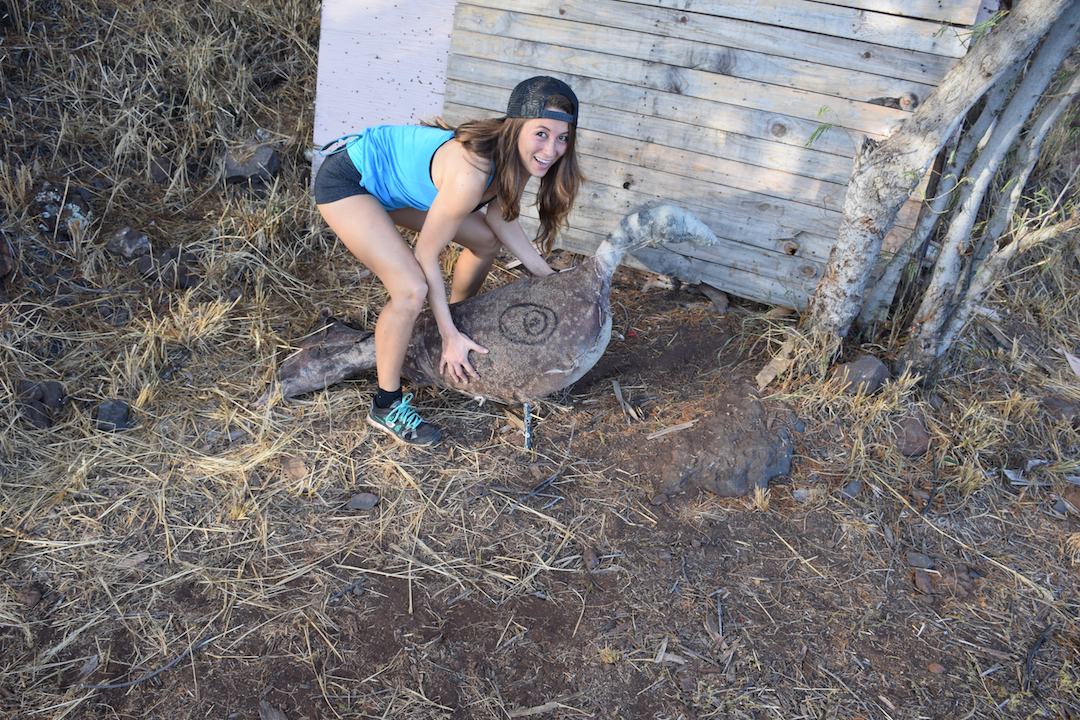
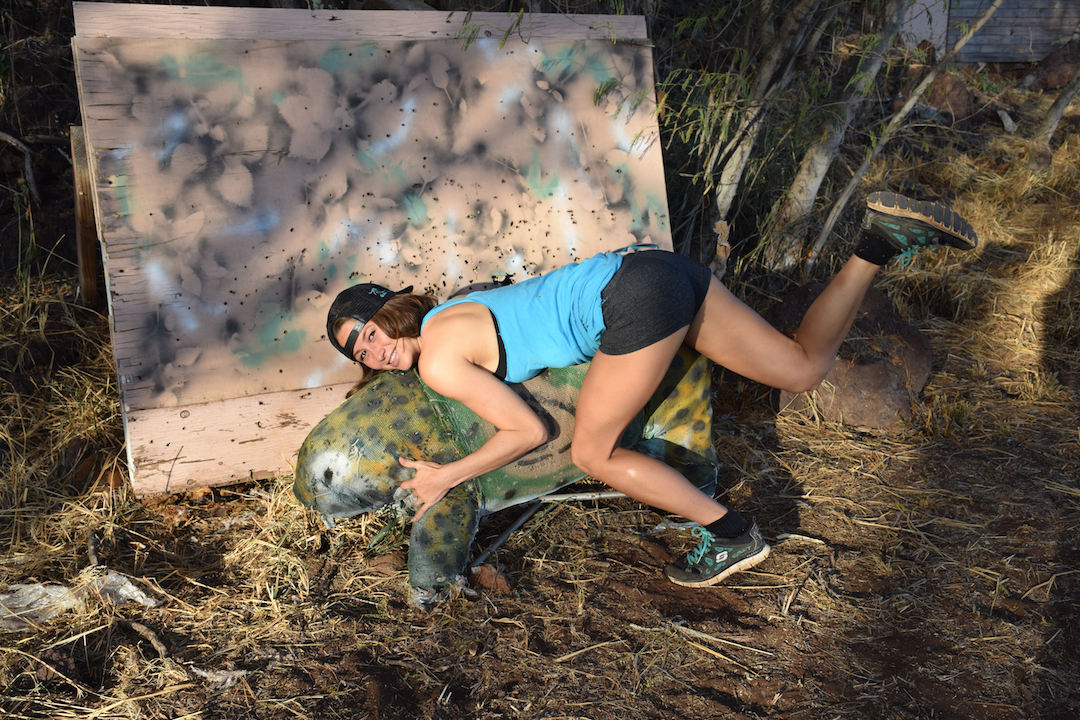
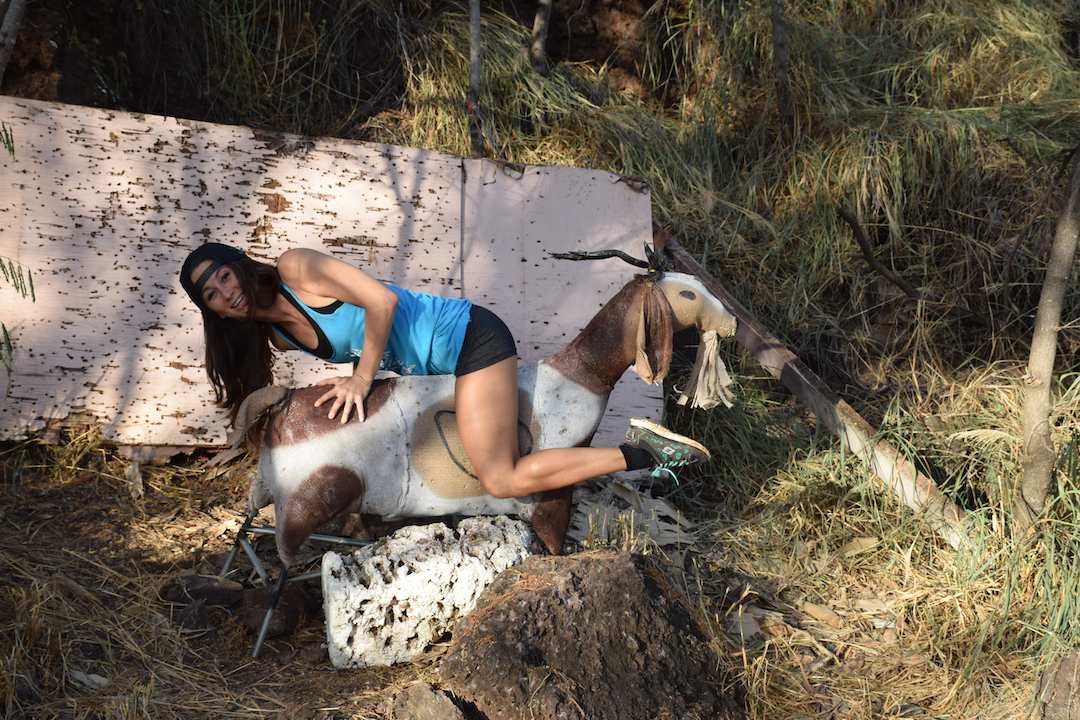
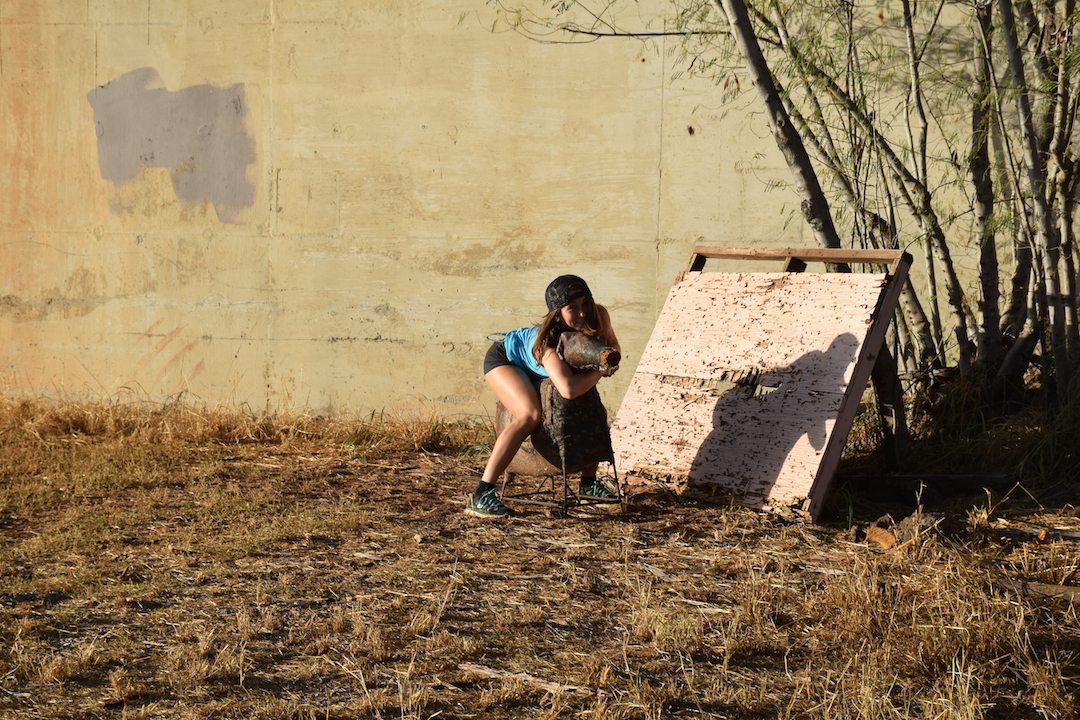
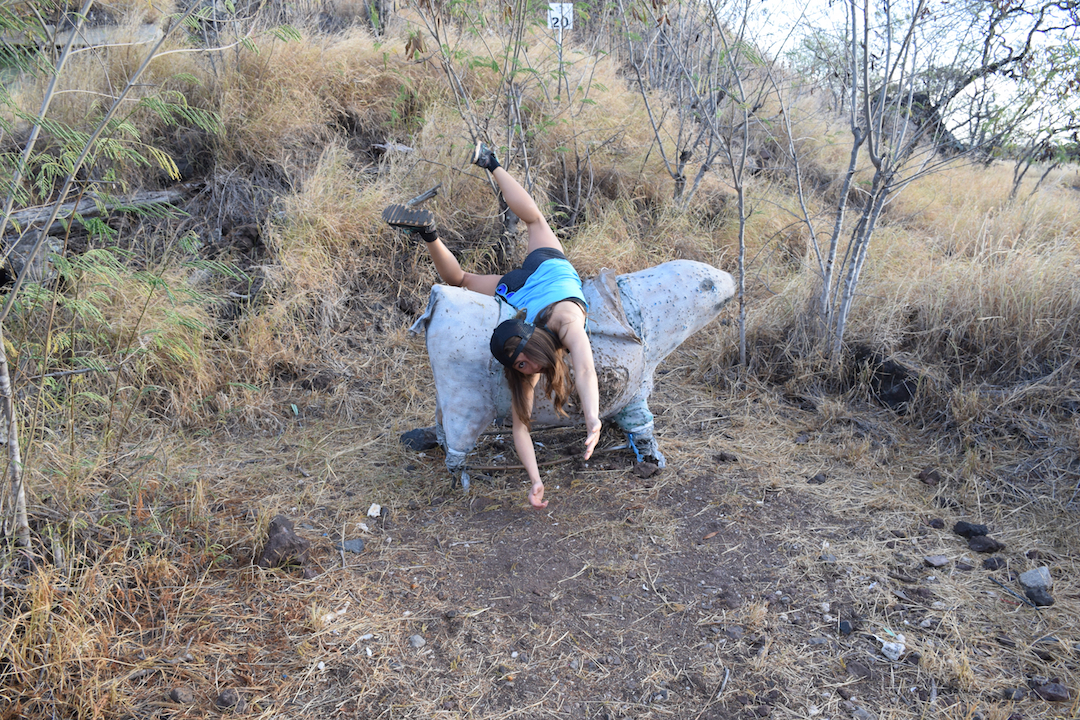
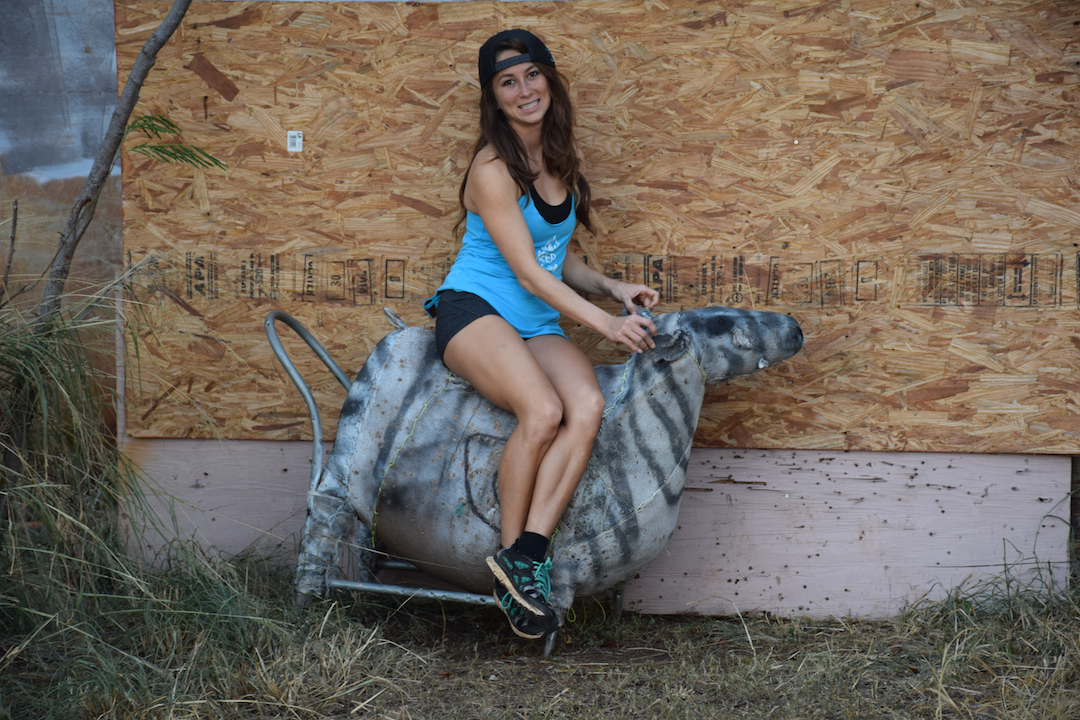
As we continued around the premises, it became apparent that the location was frequently used for target practice. For the rest of our exploration, we had to make sure we were not down range of anybody. But we did not miss the opportunity to ride as many exotic animal targets as possible…
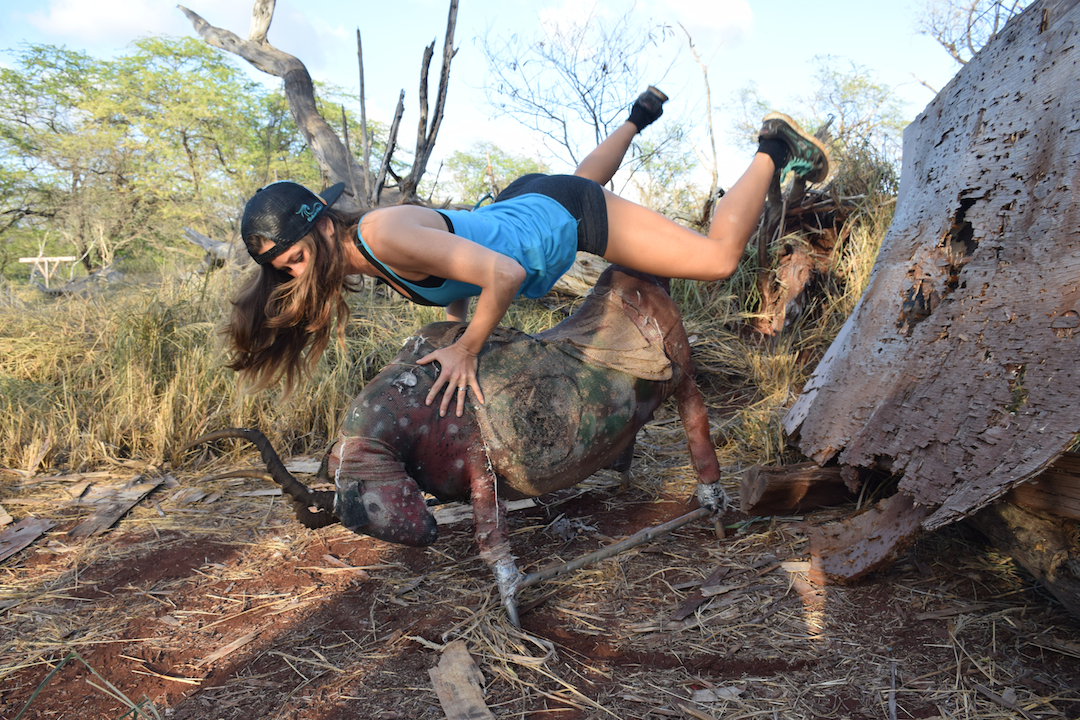
Her first Rodeo
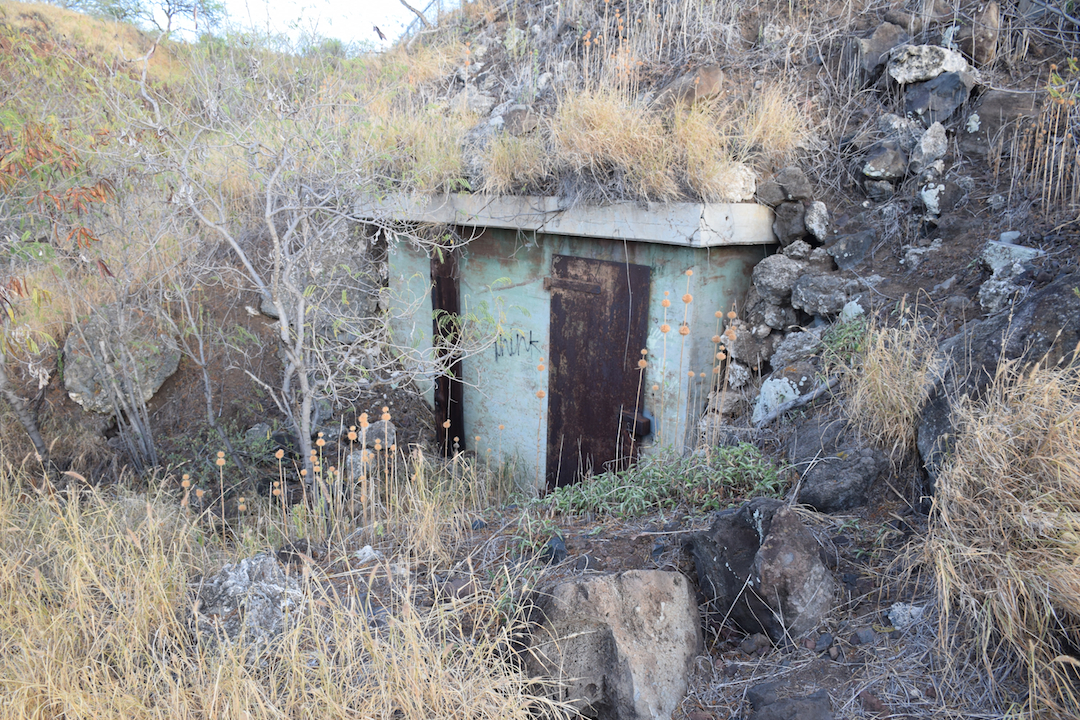
The place was full of mysterious locked doors. If only we had a key to all of them!
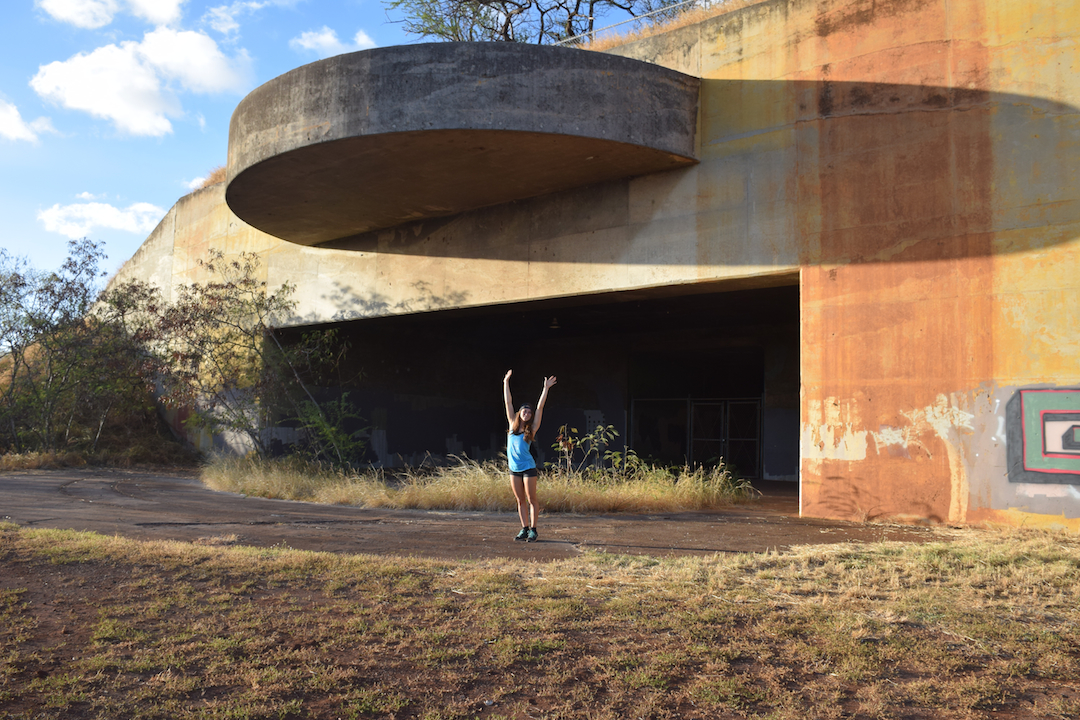
We finally made our way to Battery Hatch West. Here once stood the 66 foot long barrel of a 16-inch Mk II gun. It was so powerful that it could hurl a one tone armor piercing shell over 25 miles.
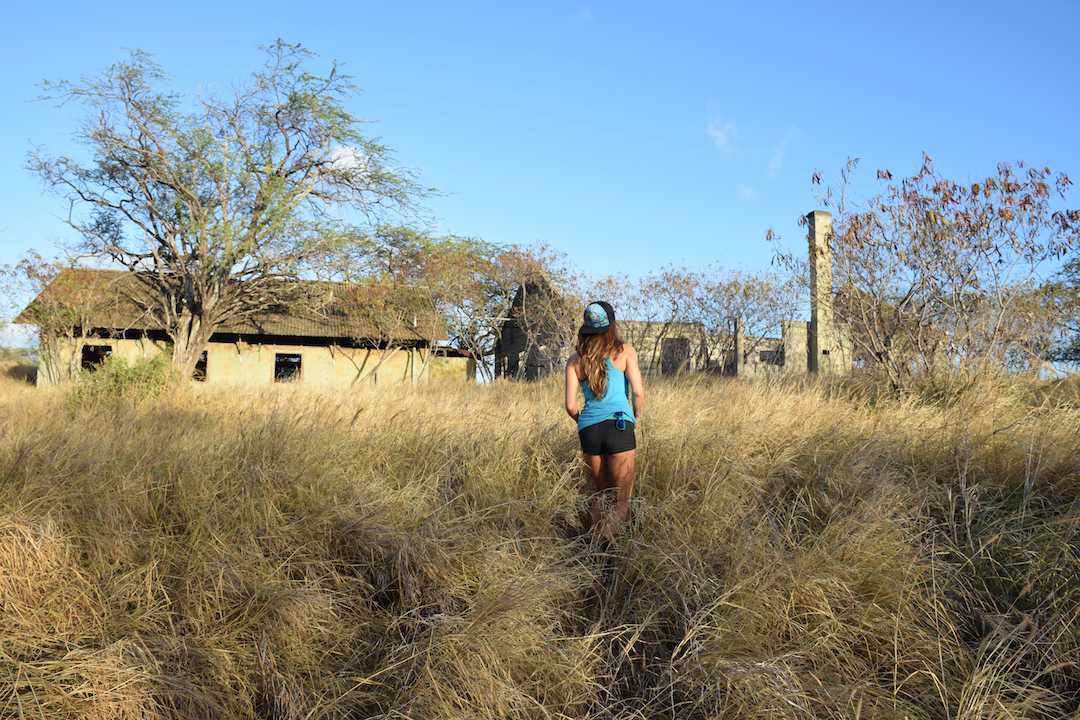
Continuing around the battery and up the hill, we found the old barracks headquarters.
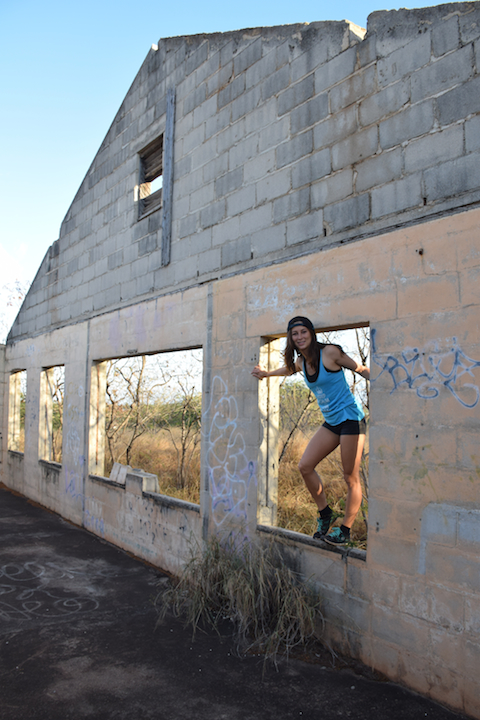
Four walls was all that remained of the old headquarters building
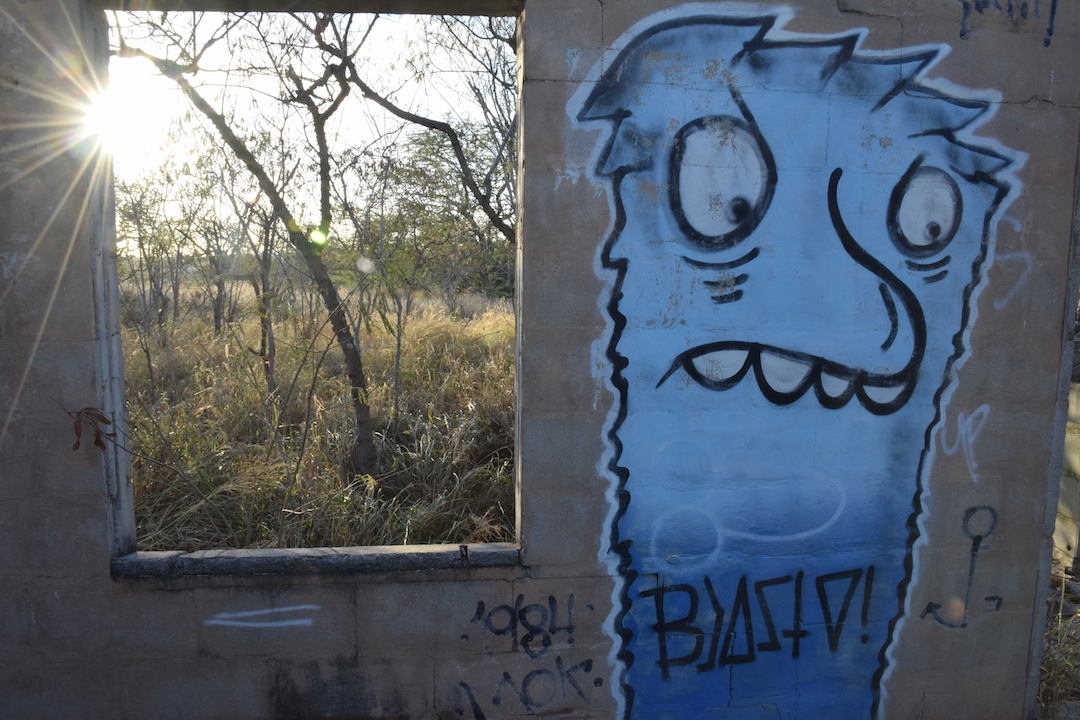
YOU MY BOY, BLUE!!!!
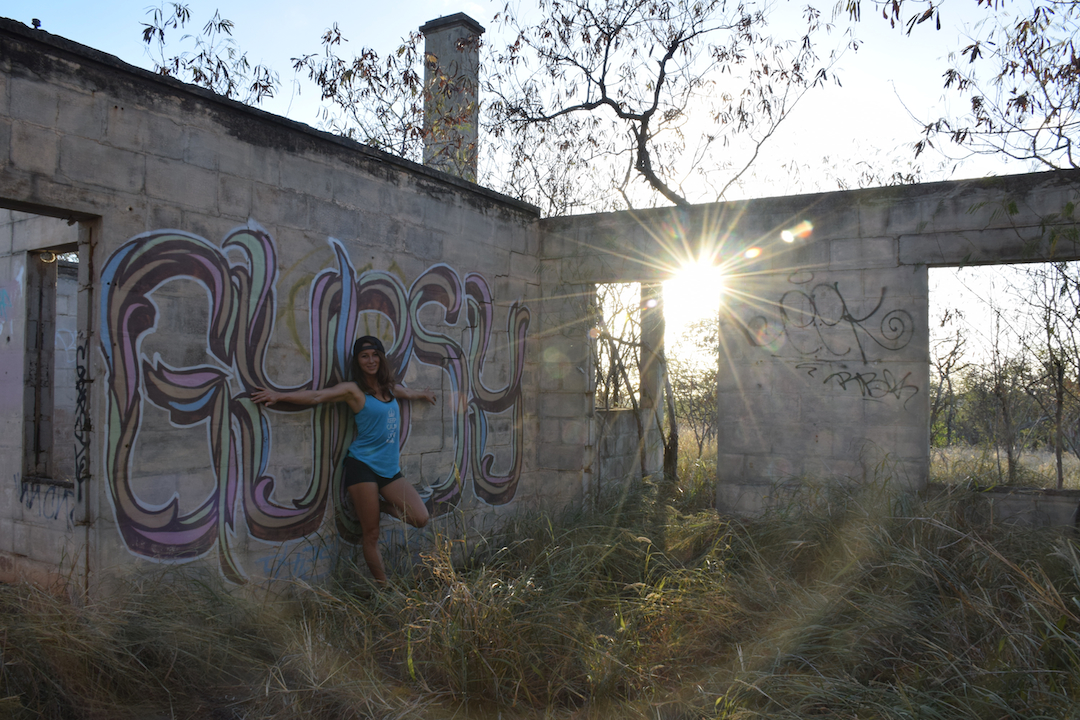
Interesting mural.
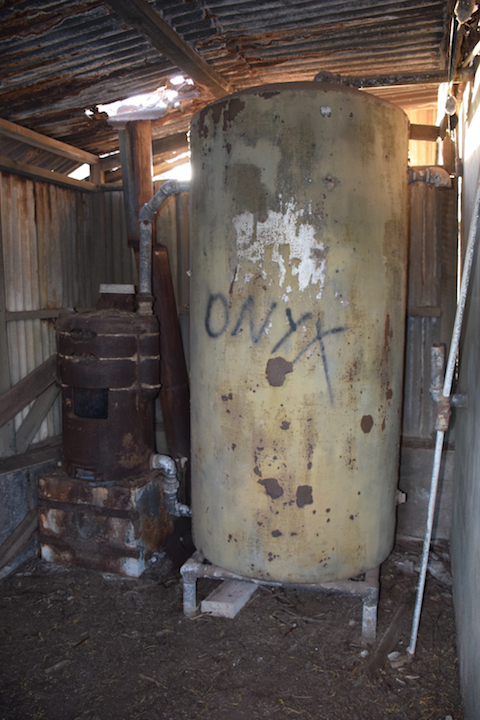
Where they making moonshine in here?! What is that contraption?!
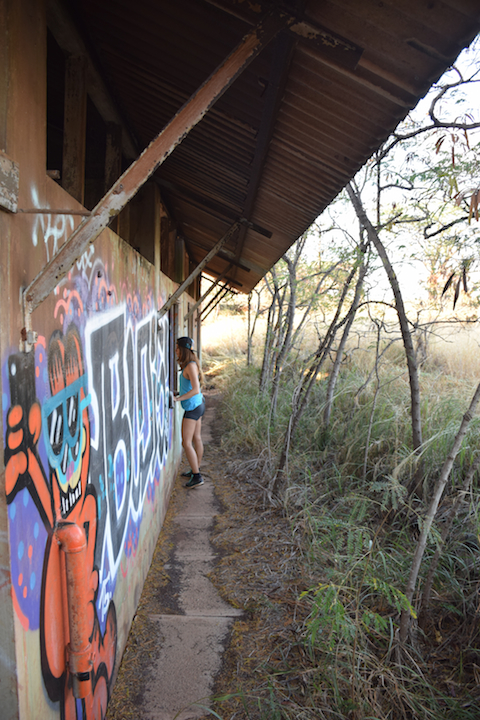
I had not even noticed Garfield on the wall of the barracks.
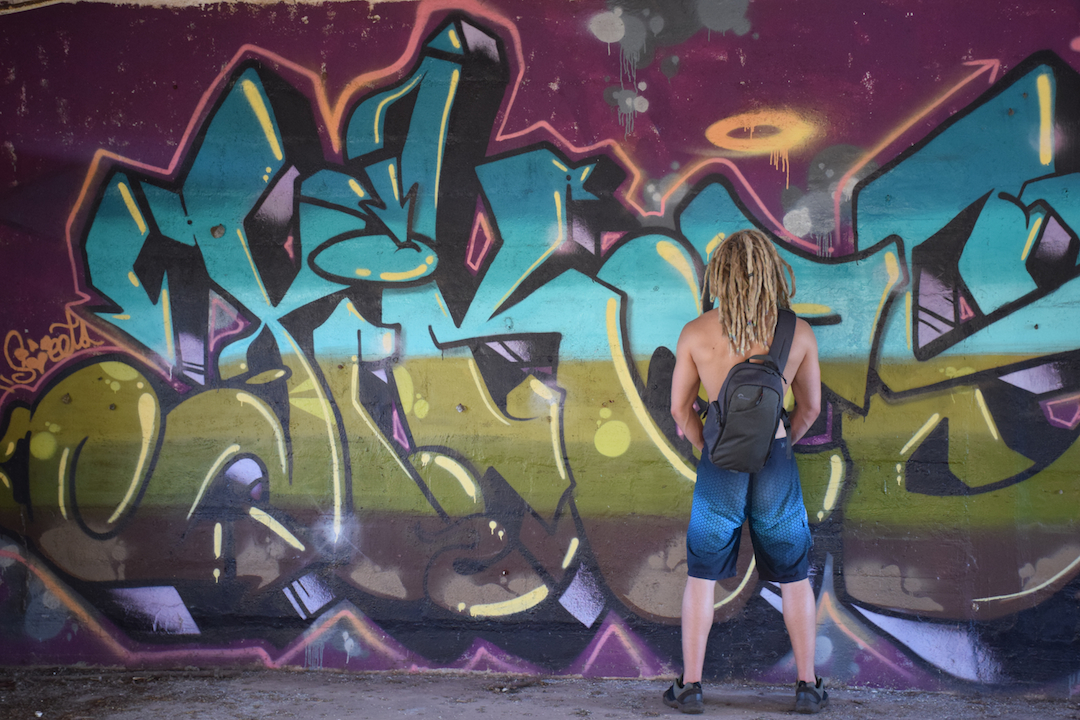
What an angel…
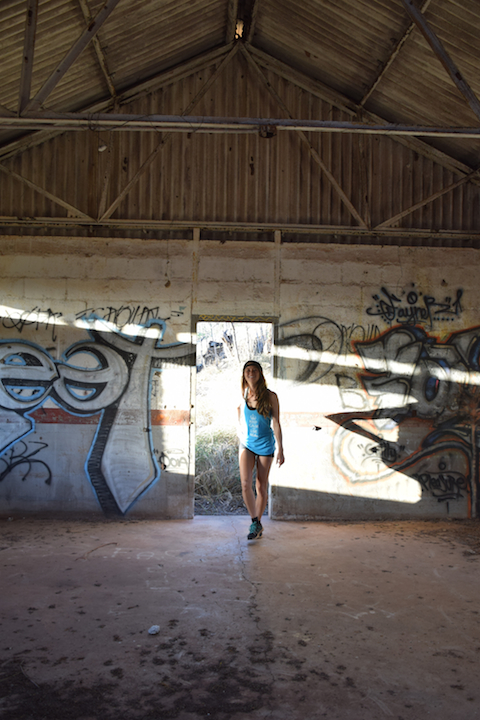
The barracks were covered wall to wall in urban hieroglyphics.
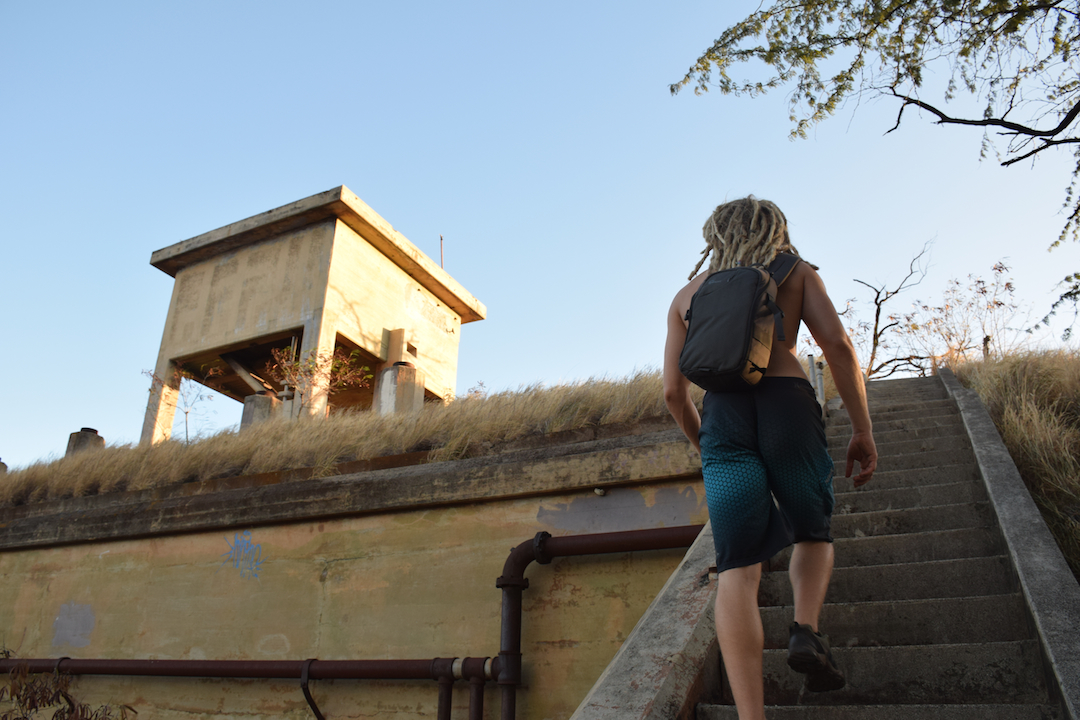
Having nearly lost all of our sunlight, we hurried back around to the watchtower before leaving.
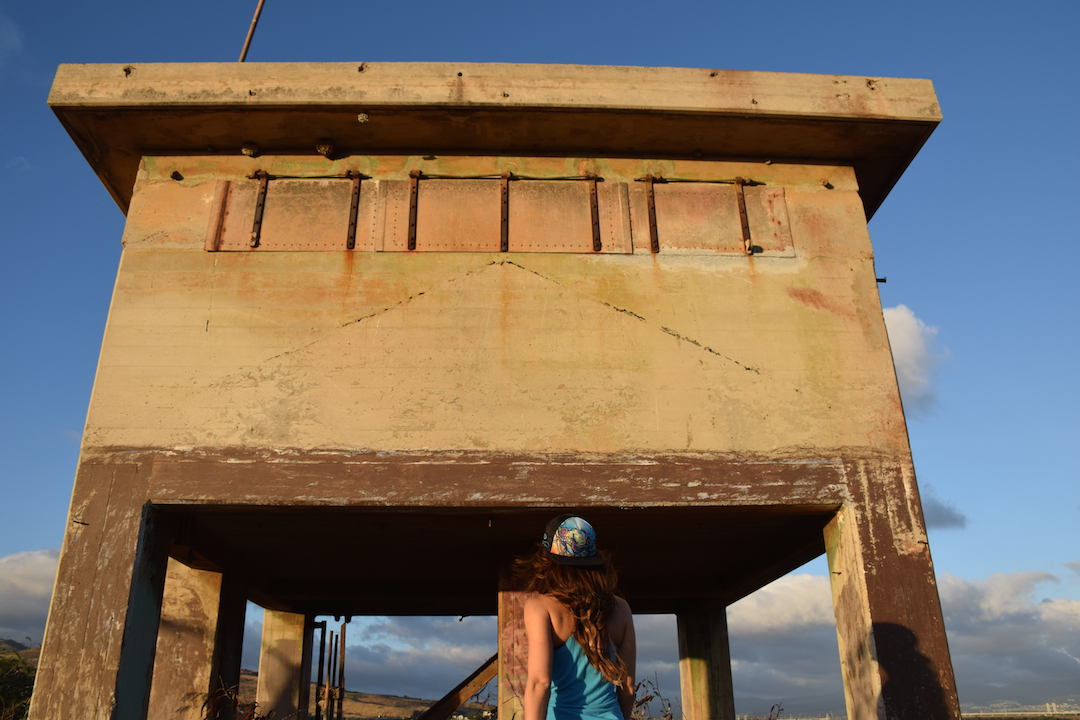
Unfortunately, it was all sealed up. I tried getting in, but didn’t want to break the old rusted hatch in the floor of the tower.
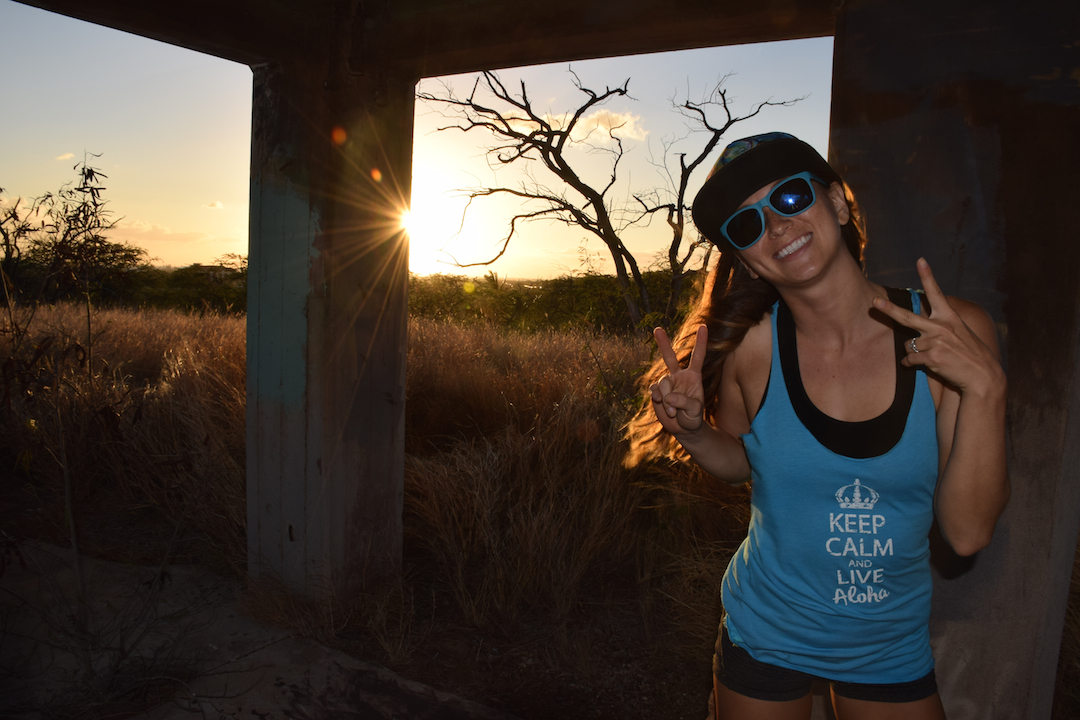
Although this base went by many names (Battery Hatch, Kapolei Military Reservation, Fire-control stations “A”), it is more commonly referred to as Fort Barrette today. Fort Barrette was a part of a larger network of coastal defense batteries built around Oahu to protect it from any naval invasion (Along with Koko Head Bunker, The Pink Bunker, Battery Arizona and Battery Wilridge). The fort was built in the early 1930s and once hosted two 16-inch Mk II guns. The guns used to sit out in the open air (as a matter of fact, period photos show the guns in the middle of a pineapple plantation). During the attack on Pearl Harbor, the guns were strafed by Japanese Zeros, killing Captain Joseph A. Medlen. The captain was the sole casualty at Fort Barrette during the Pearl Harbor attack. The tragedy and near loss of the guns raised concerns about the outpost’s vulnerability to arial attack. In 1942 the army fortified the artillery outpost by building bunkers around the guns with concrete overhead protection up 12 feet thick. Although the casemate provided protection, it severely reduced the 360 degree shooting radius of the guns to just 140 degrees. The guns kept watch over Pearl Harbor and Southwestern shores of Oahu until 1948, when they were cut up for scrap. However, the fort saw additional use during the cold war as it provided support to the Army National Guards Hercules Missile battery in the Waianae Range. The military turned the fort over to the city in the 70s. Today, management of the area has been relayed to an archery club who exchange its use for maintenance and general upkeep of the area. I hope you guys enjoyed our little tour the Fort Barrette. If you are ever on that side of the island, or interested in archery you should definitely check it out.
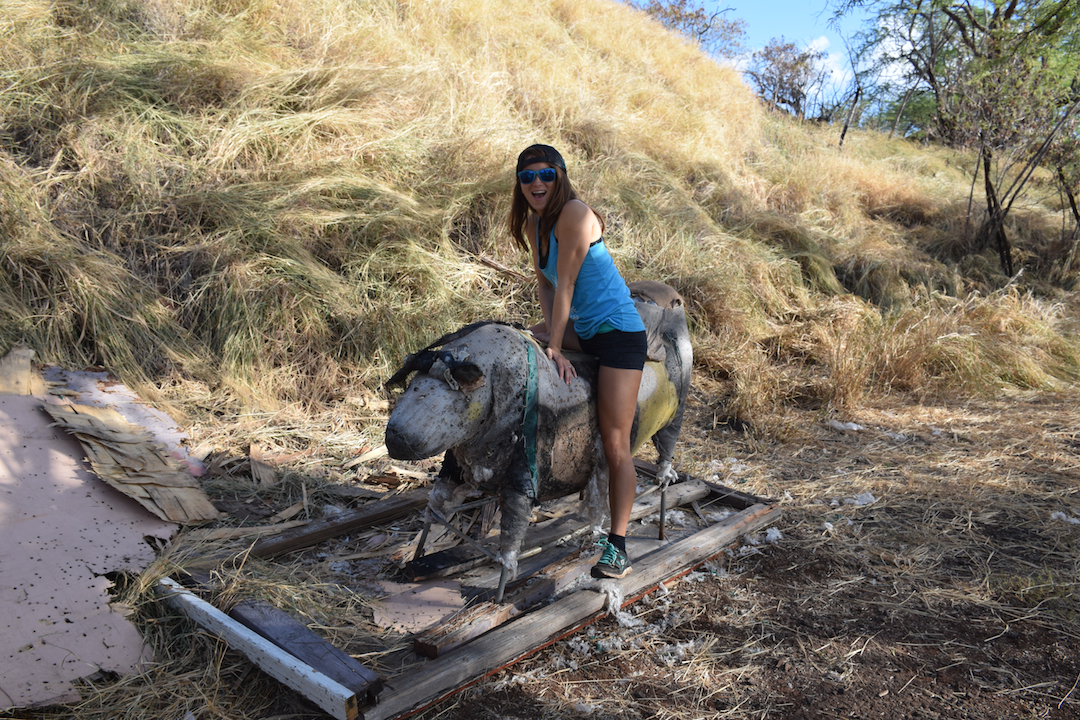
Really enjoy your bunker hikes, I’ve enjoyed finding the off the beat’n path one. Appreciate your posts. You should lead an exploration for folks on island!
Note- I went here today and unfortunately they have blocked the air shaft to the equipment workshop with a bolted on screen 🙁
Hey Erich! I’m glad somebody reads them and finds them insightful. I’m sorry that the workshop is now off-limits. I will need to update the post with this information.
I have a few more bunker posts I’ve been working on.
Keep on exploring!
The building you entered through the air shaft was the power Room for the battery. Itwas equipped with 3-100 KW Winton diesel generators and 1-25 KW gasoline auxilary Generator. It was used to power an air compressor which filled the large tanks in your photos. The compressed air was used to start the big diesels. The building with the rails on the sides was one of the ammunition magazines. The 2400 pound 16 inch shells were laid on the rails and rolled onto a small railcart which ran on the rails between the two concrete shelves. the cart was moved on a rail network which ran between the magazines and the rails in the floor of the gun casemates. Powder in 110 pound cans, 660 pounds for each shot, was stored and moved the same way. Powder was store on its ends however. there were about 7 of the magazines dispersed in various locations around the reservation.